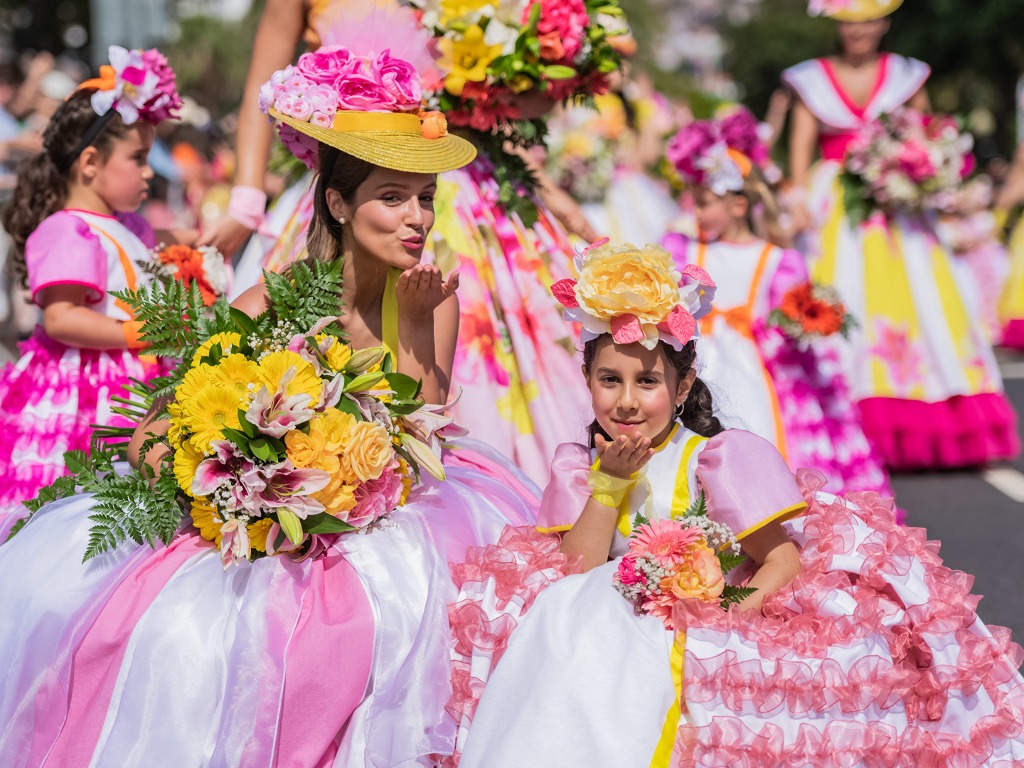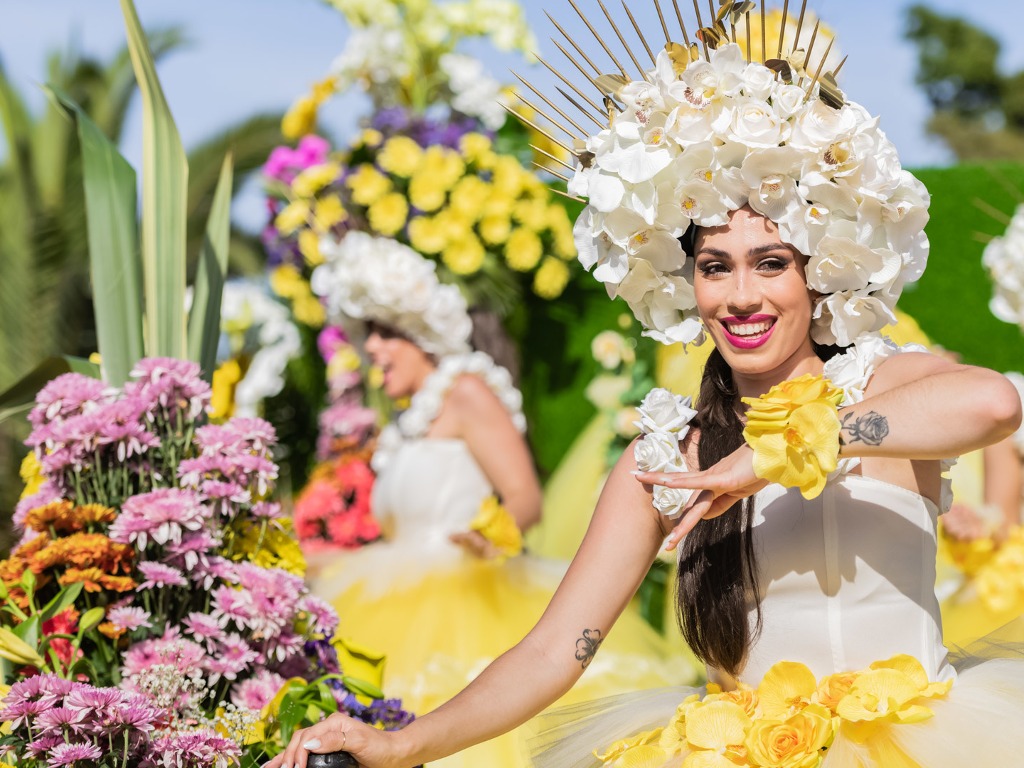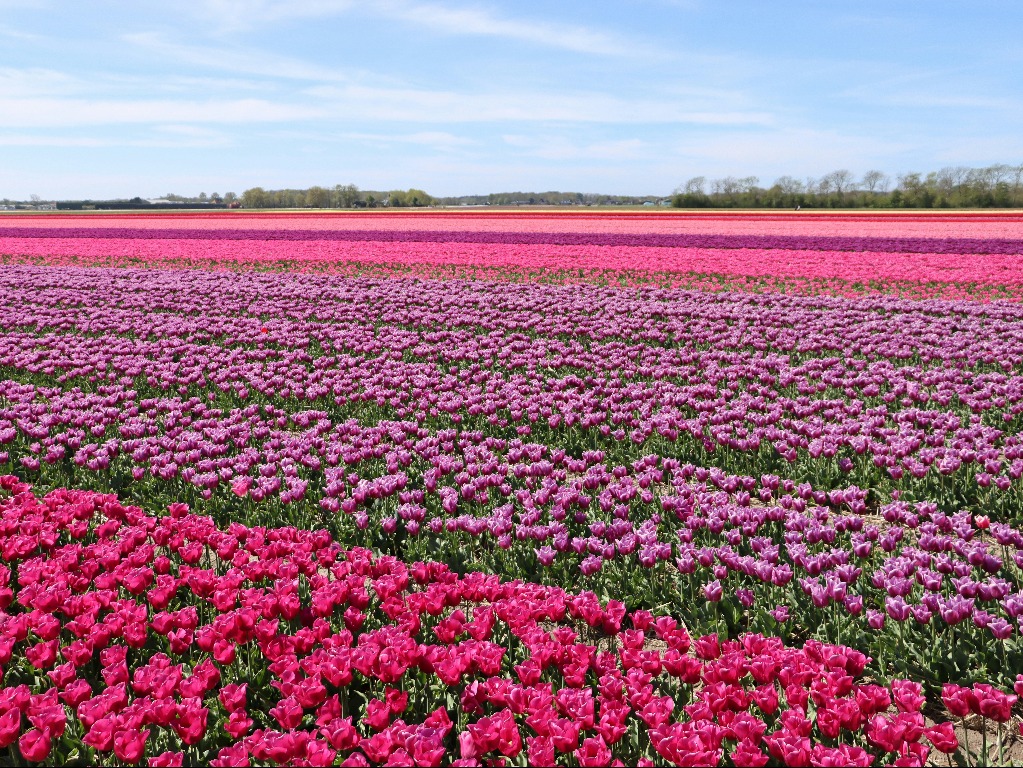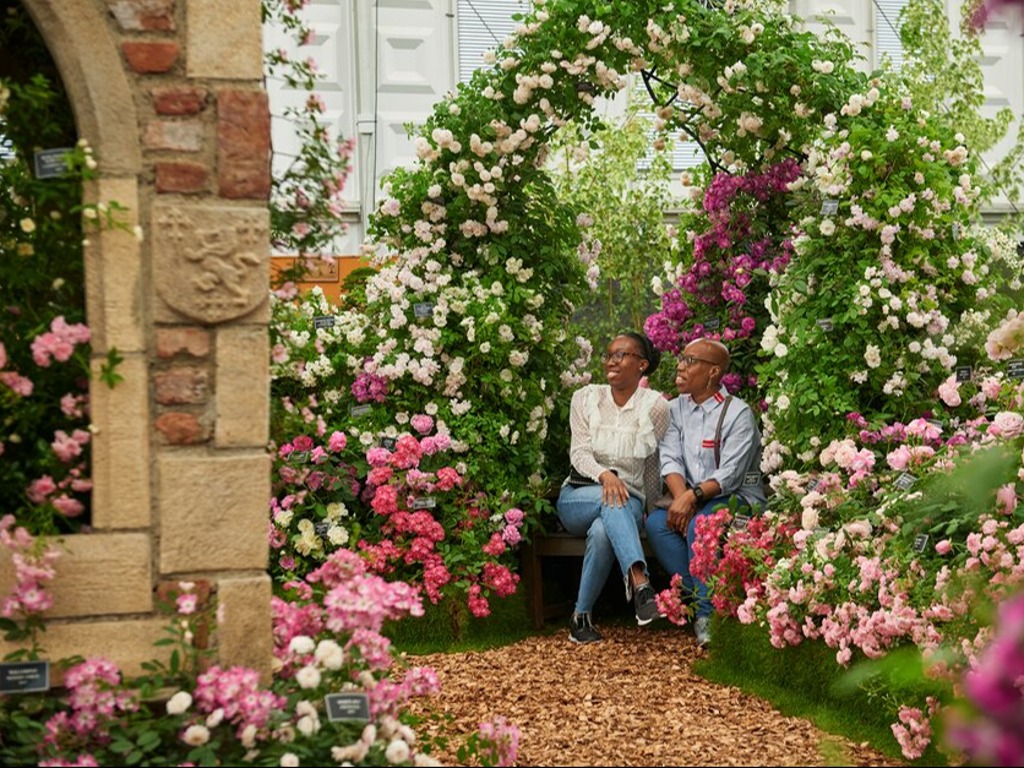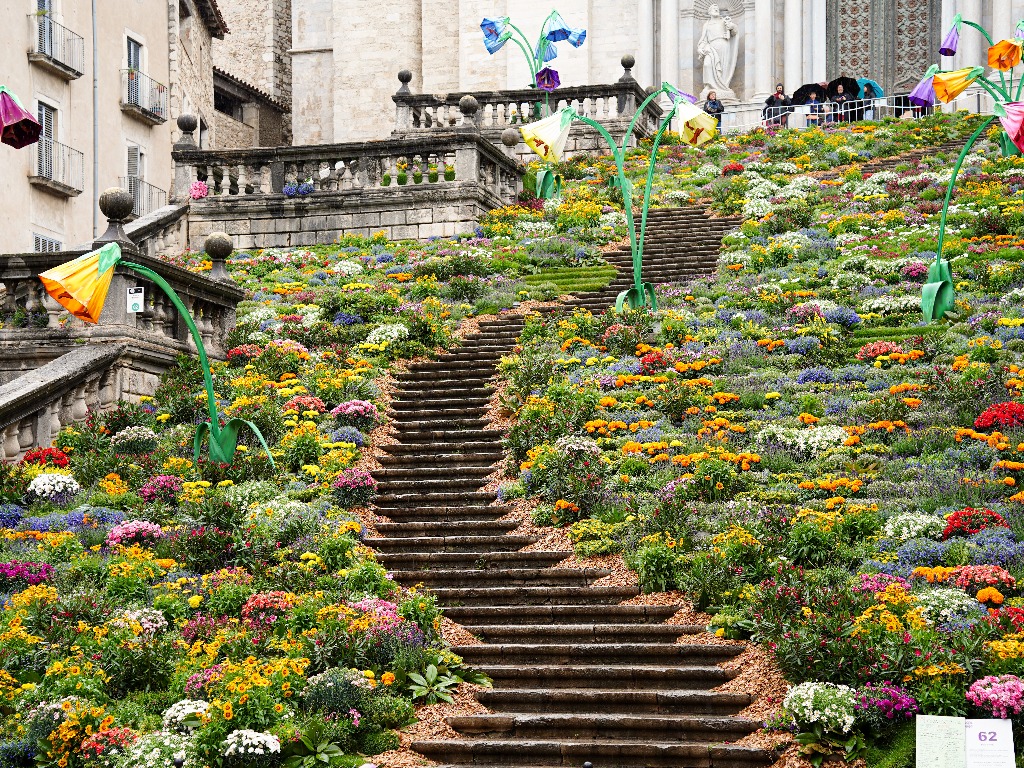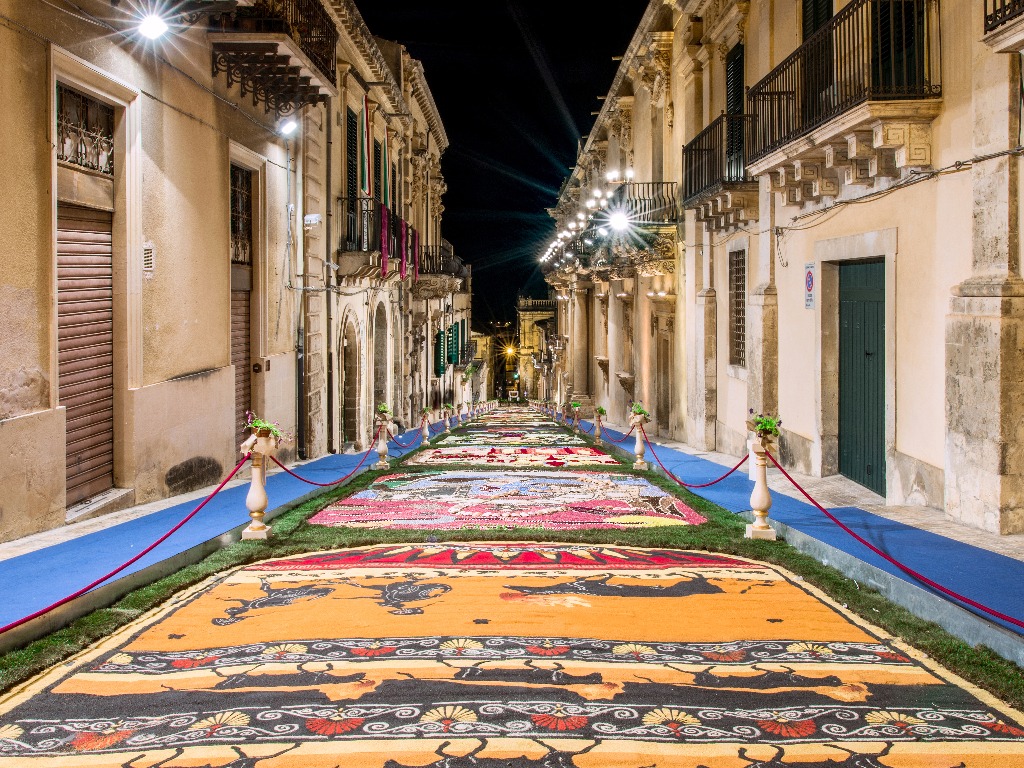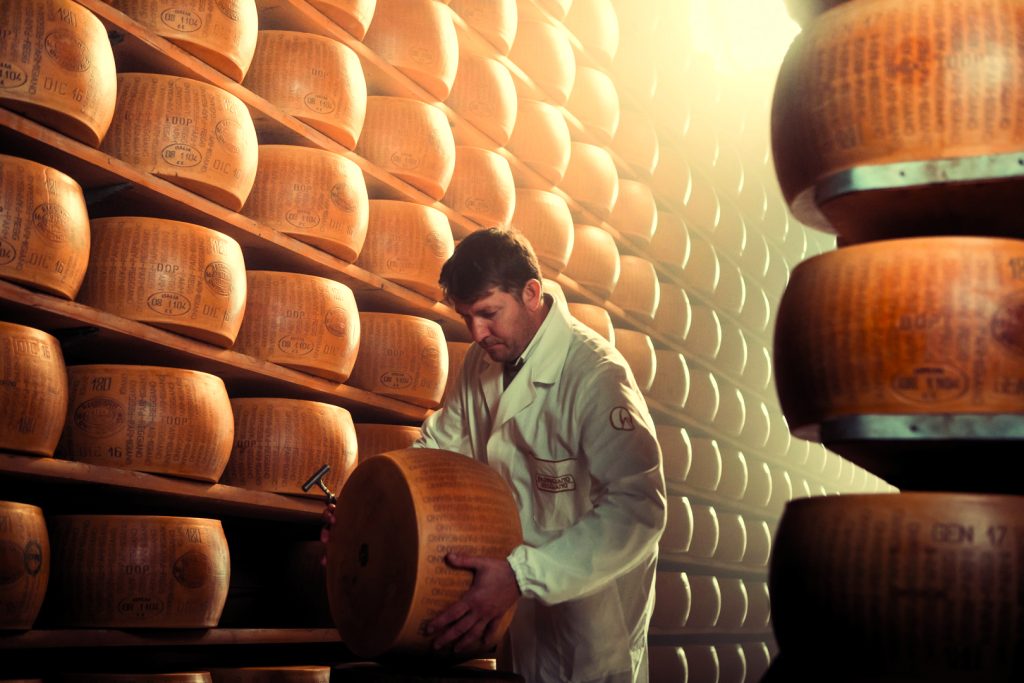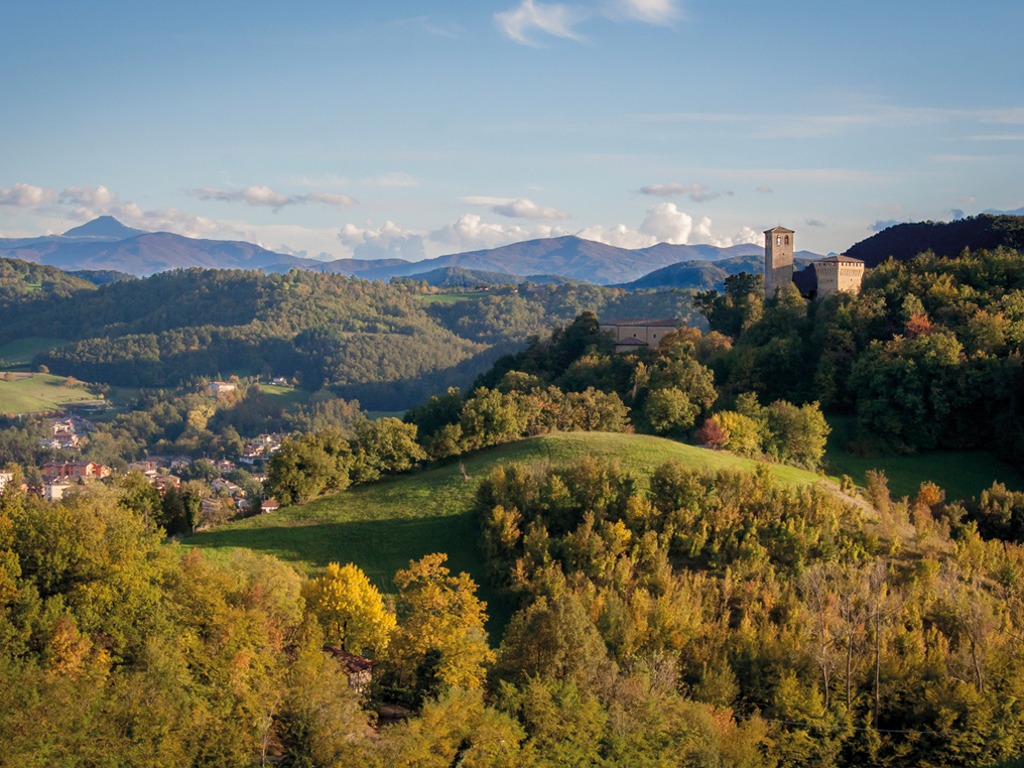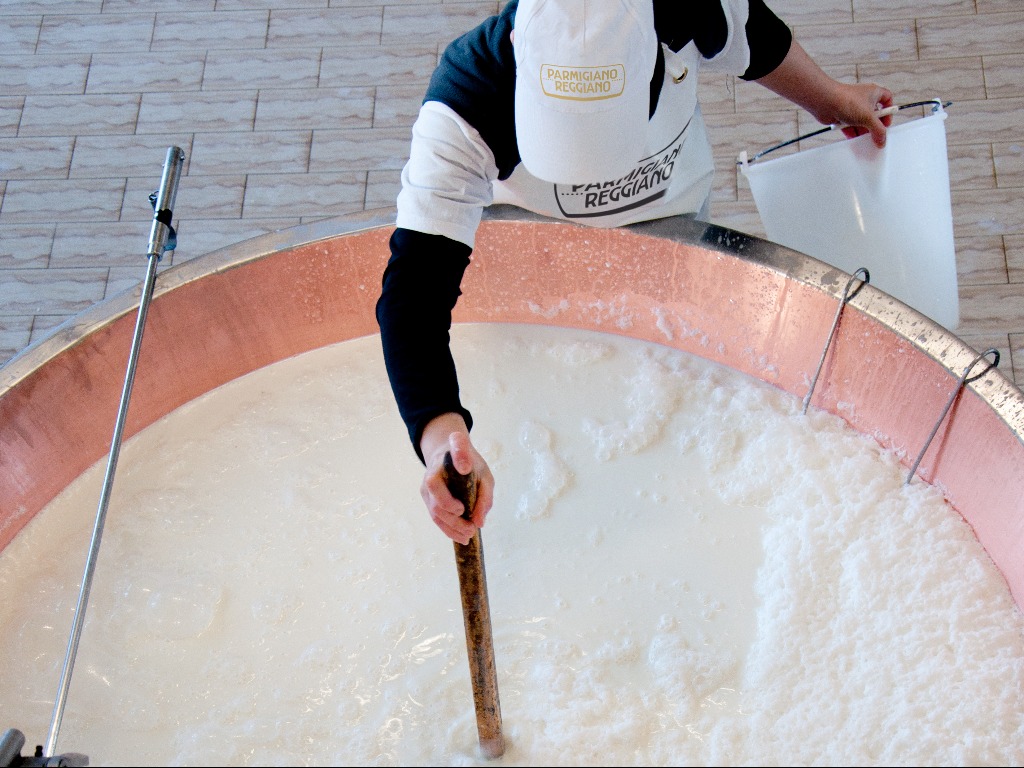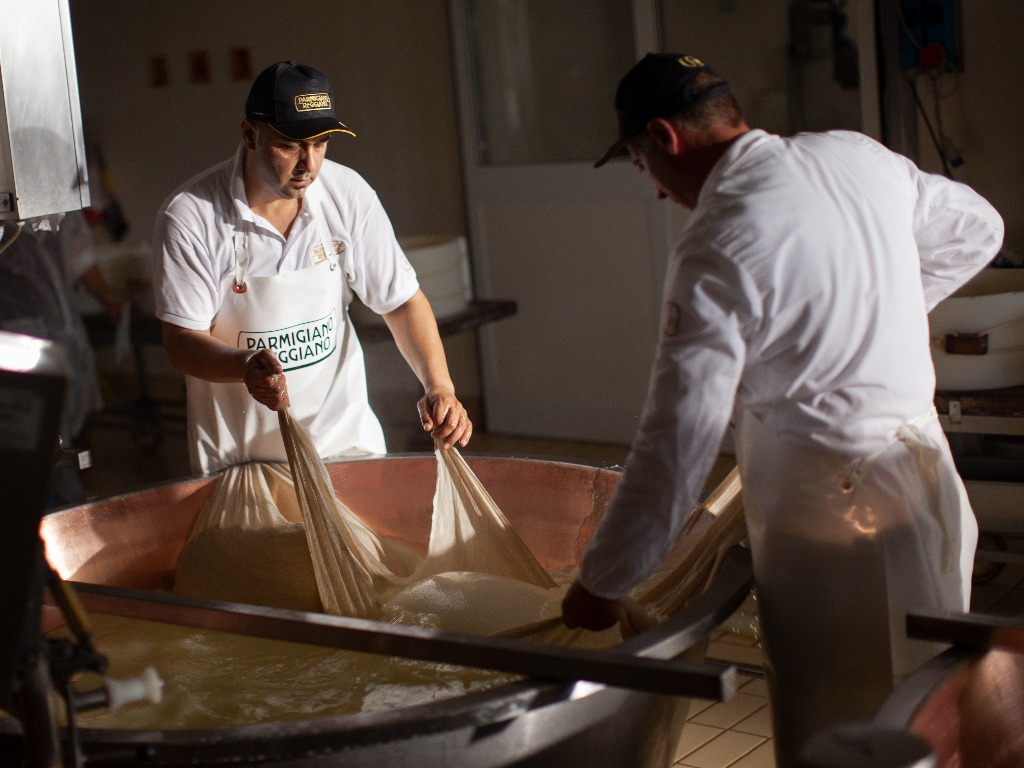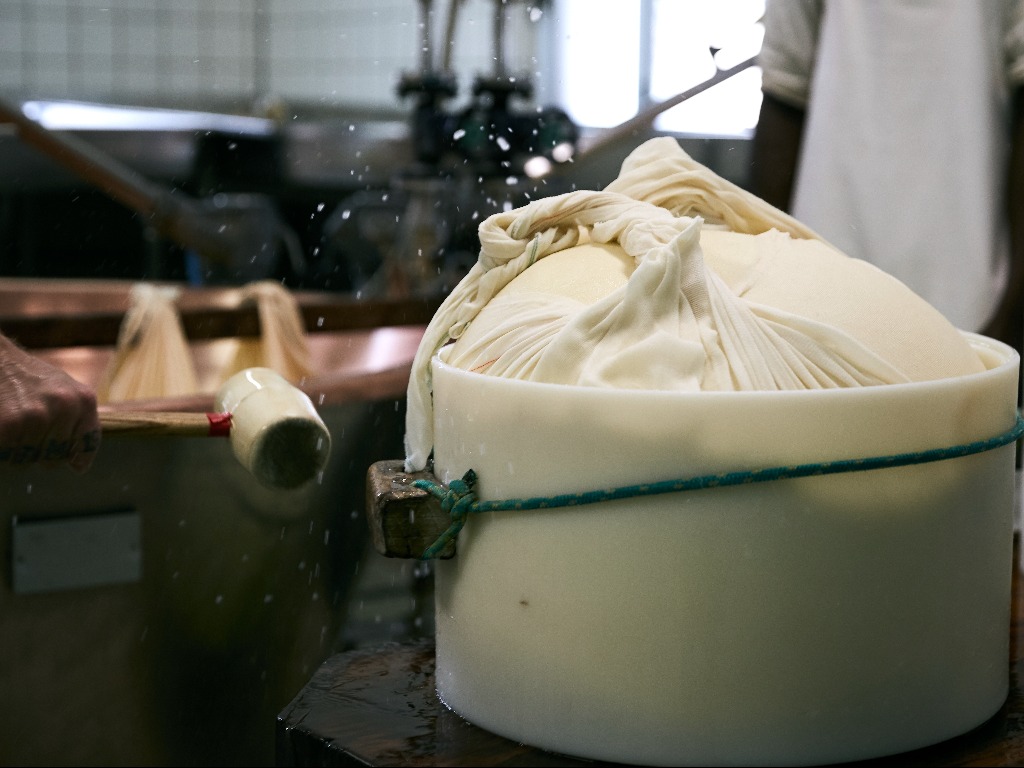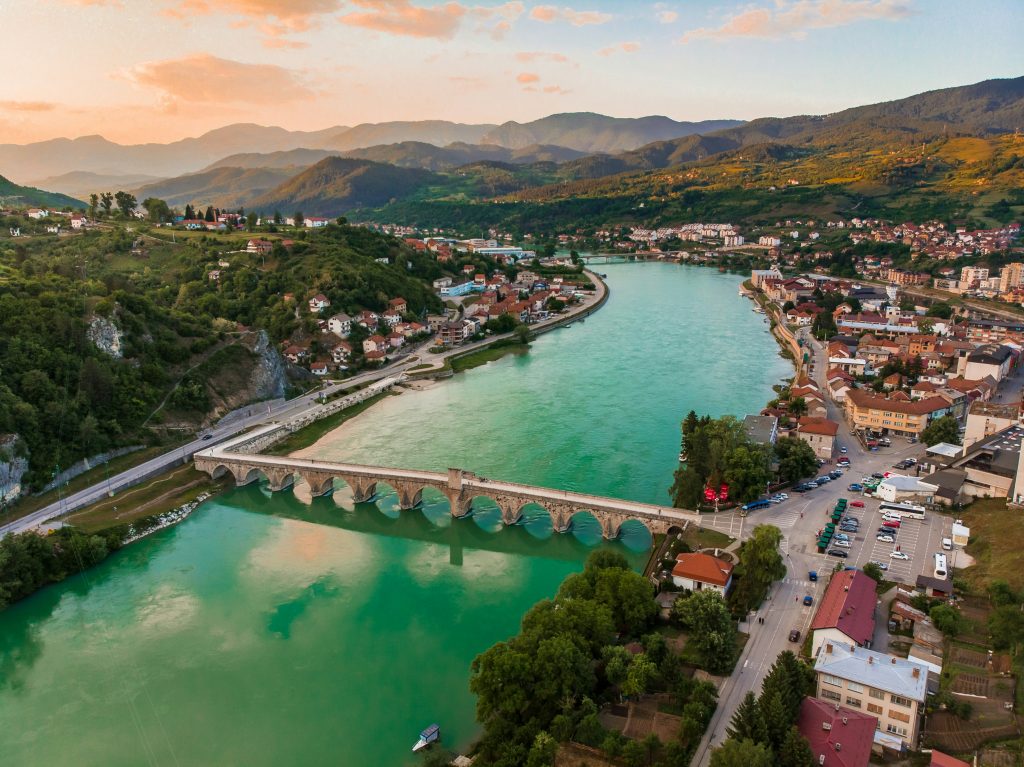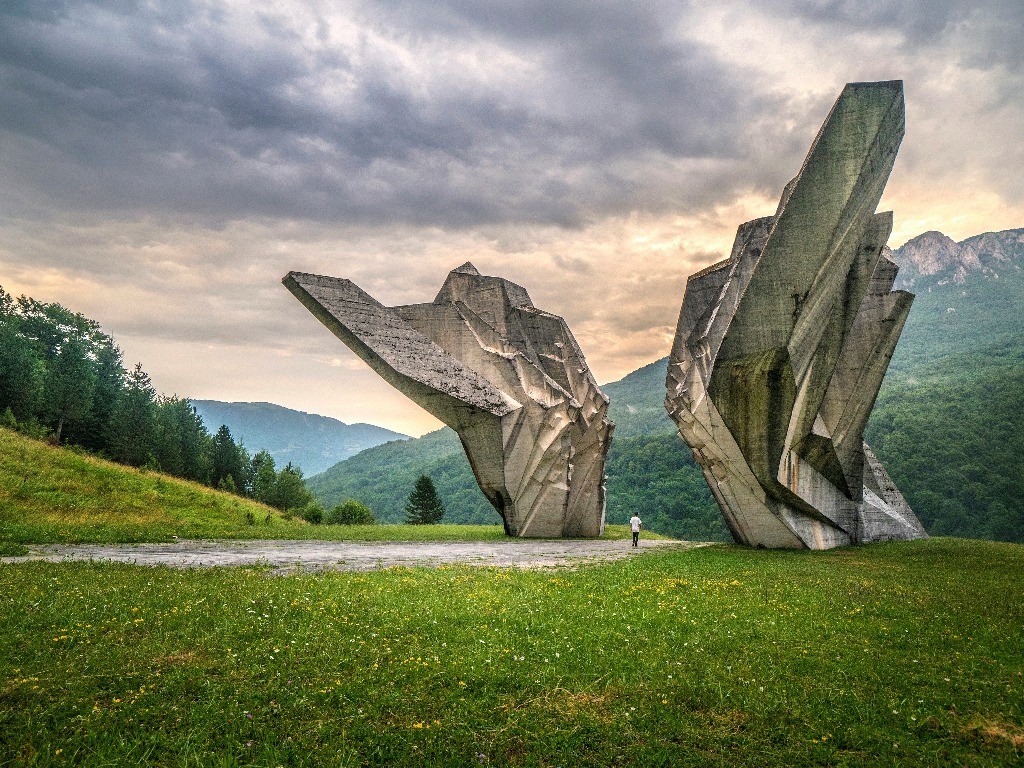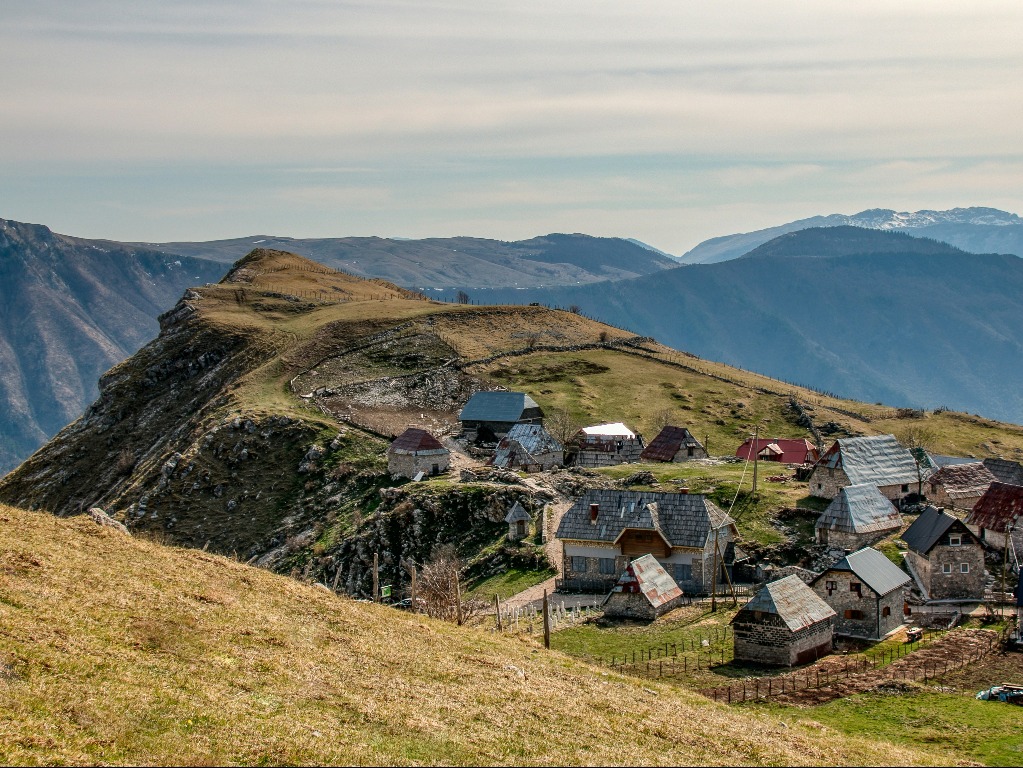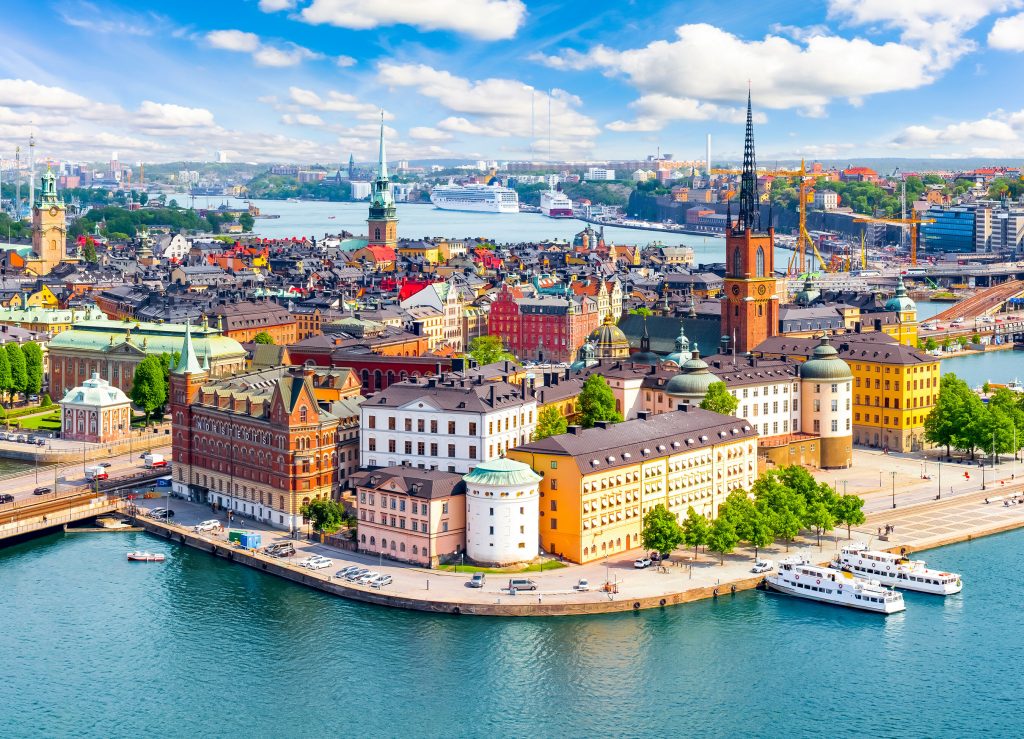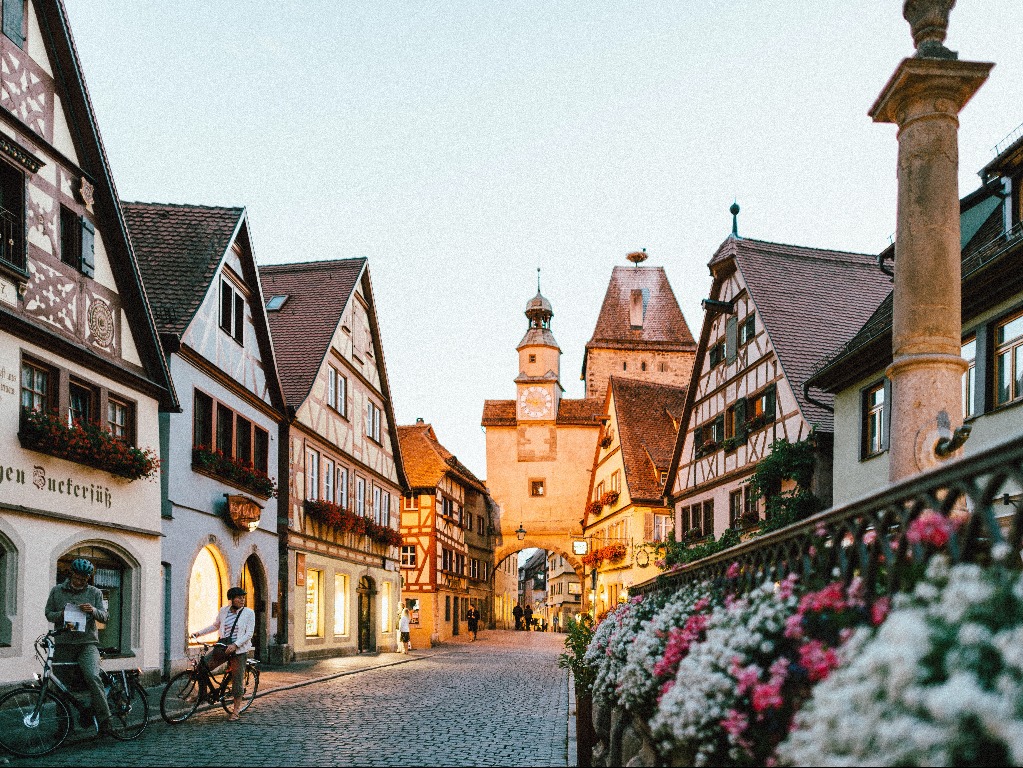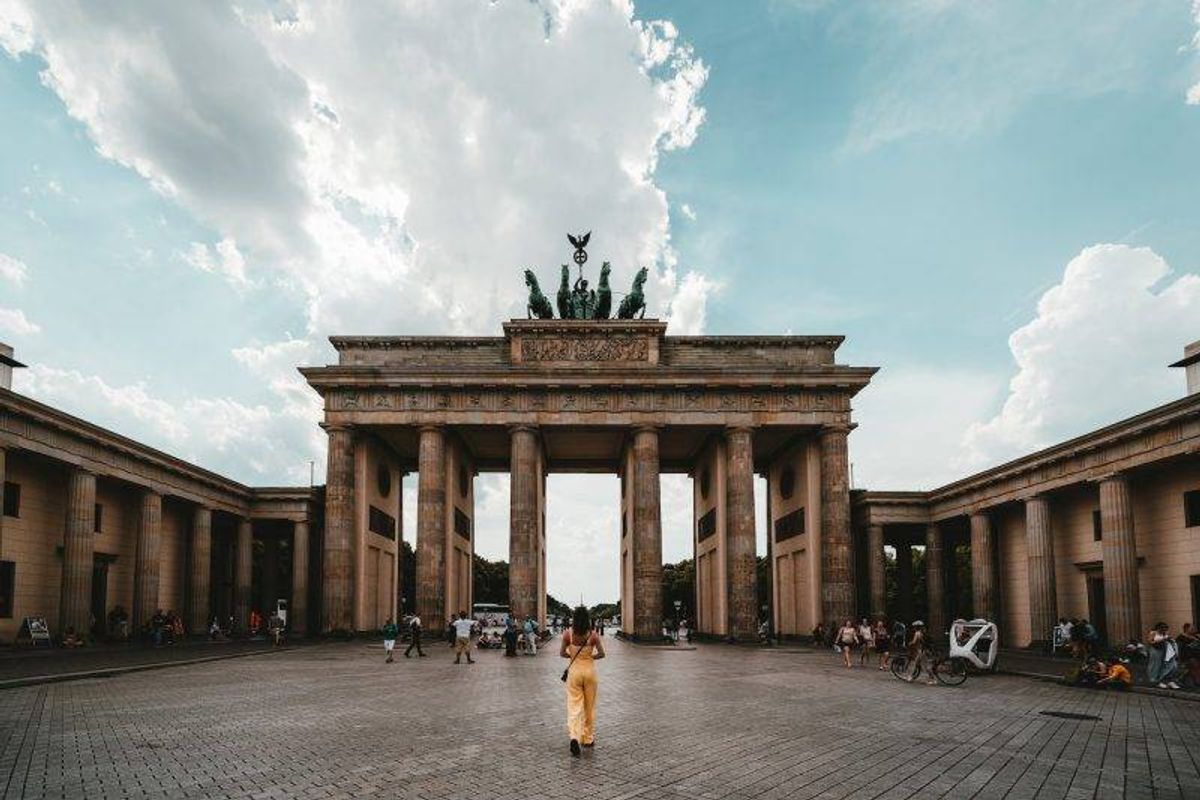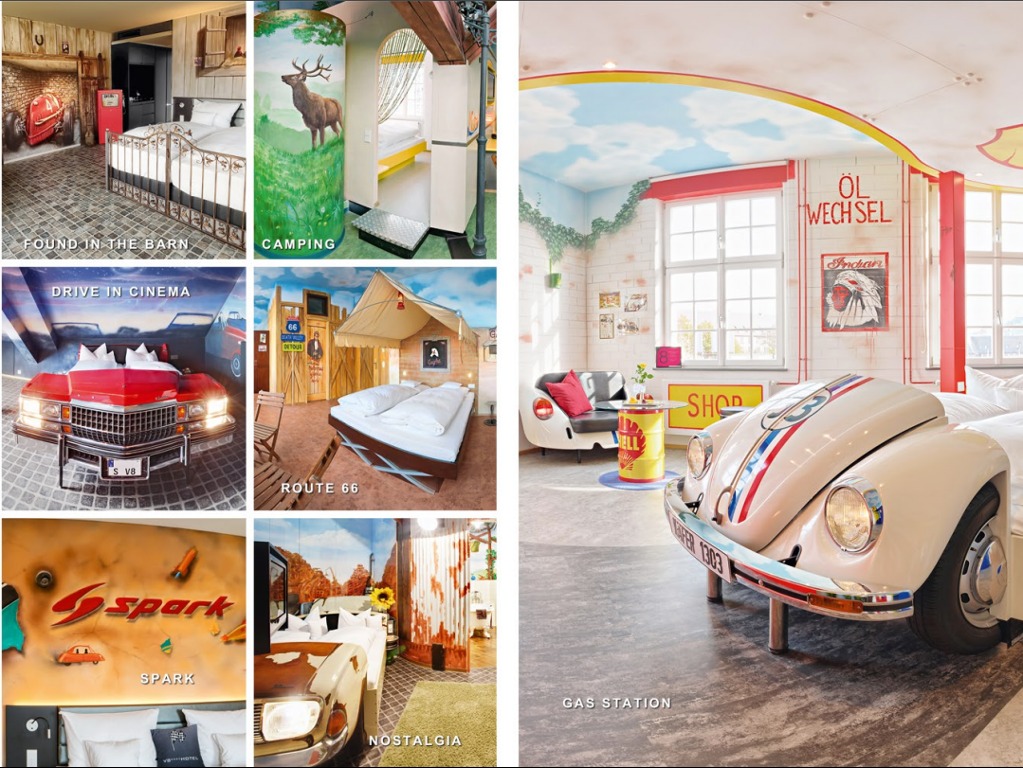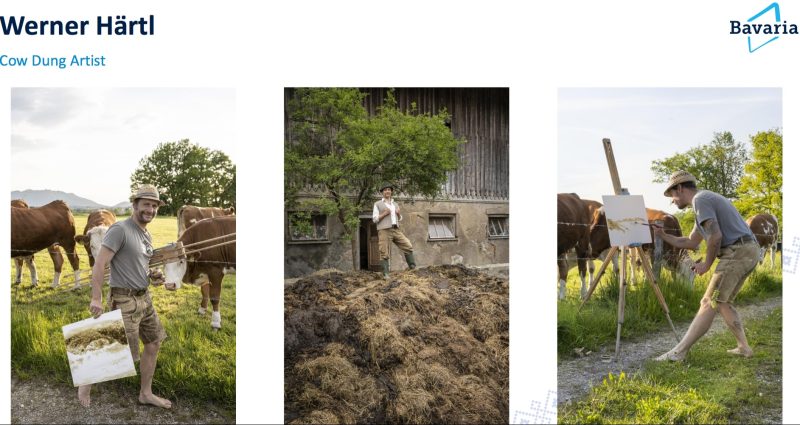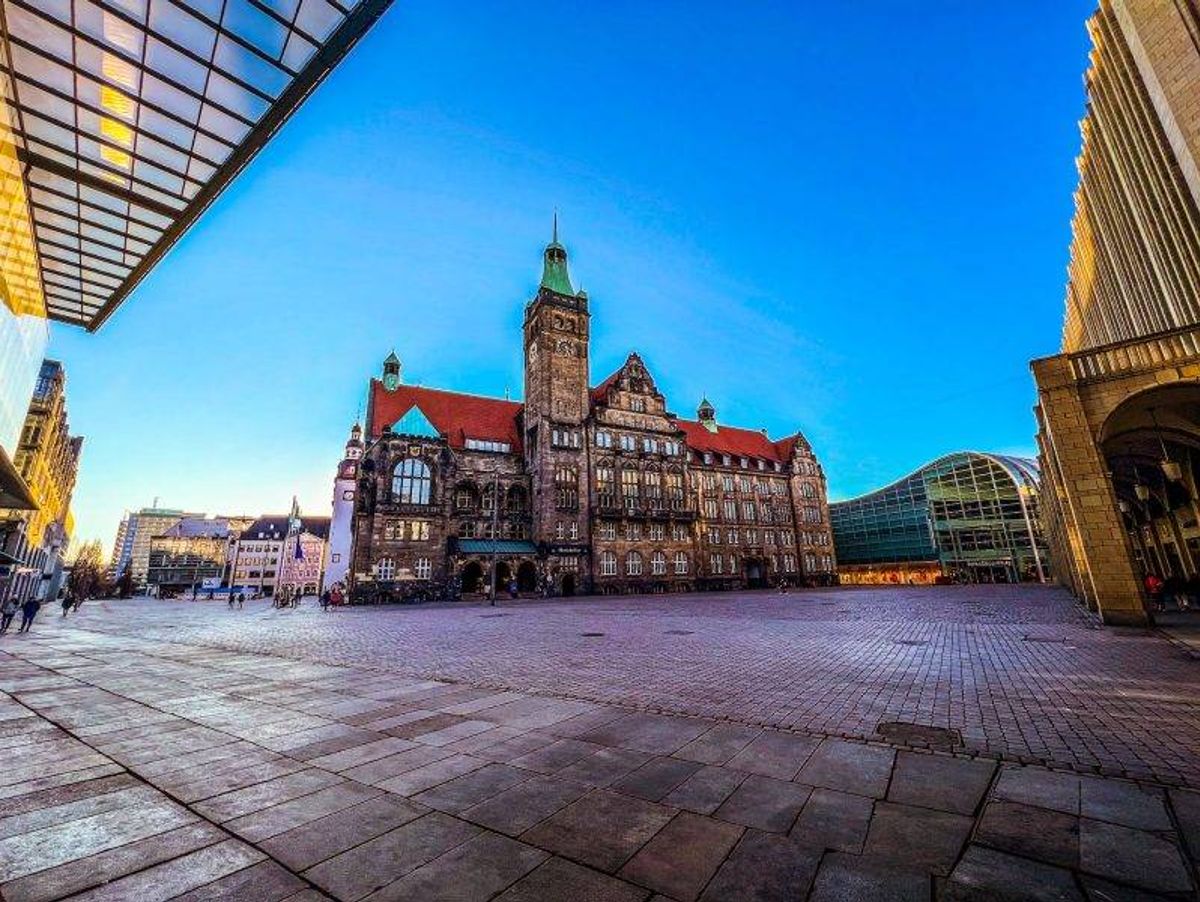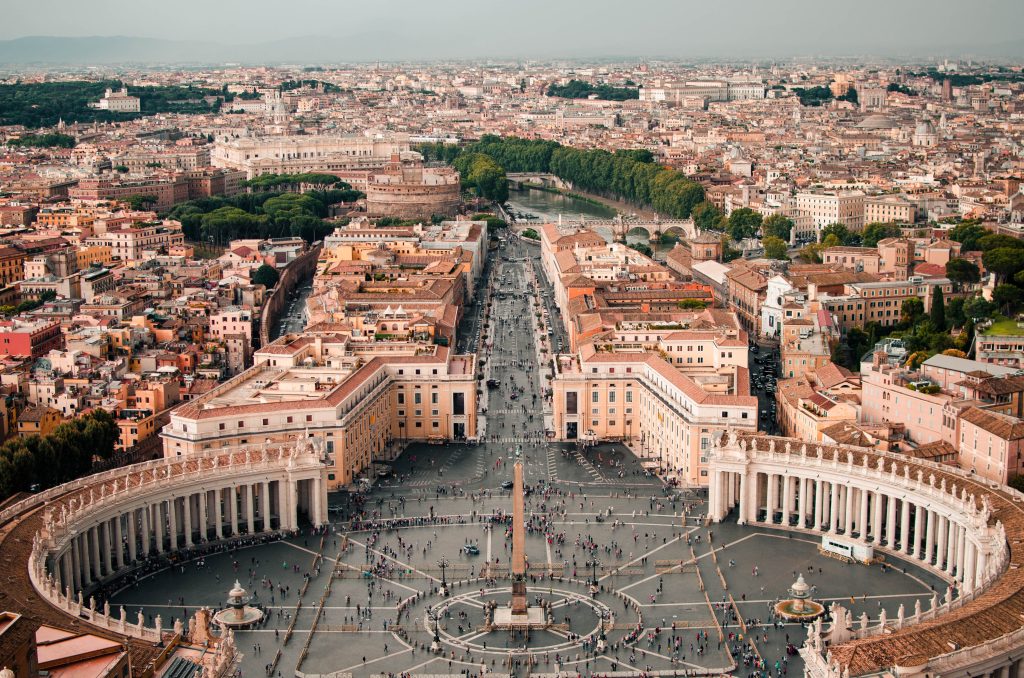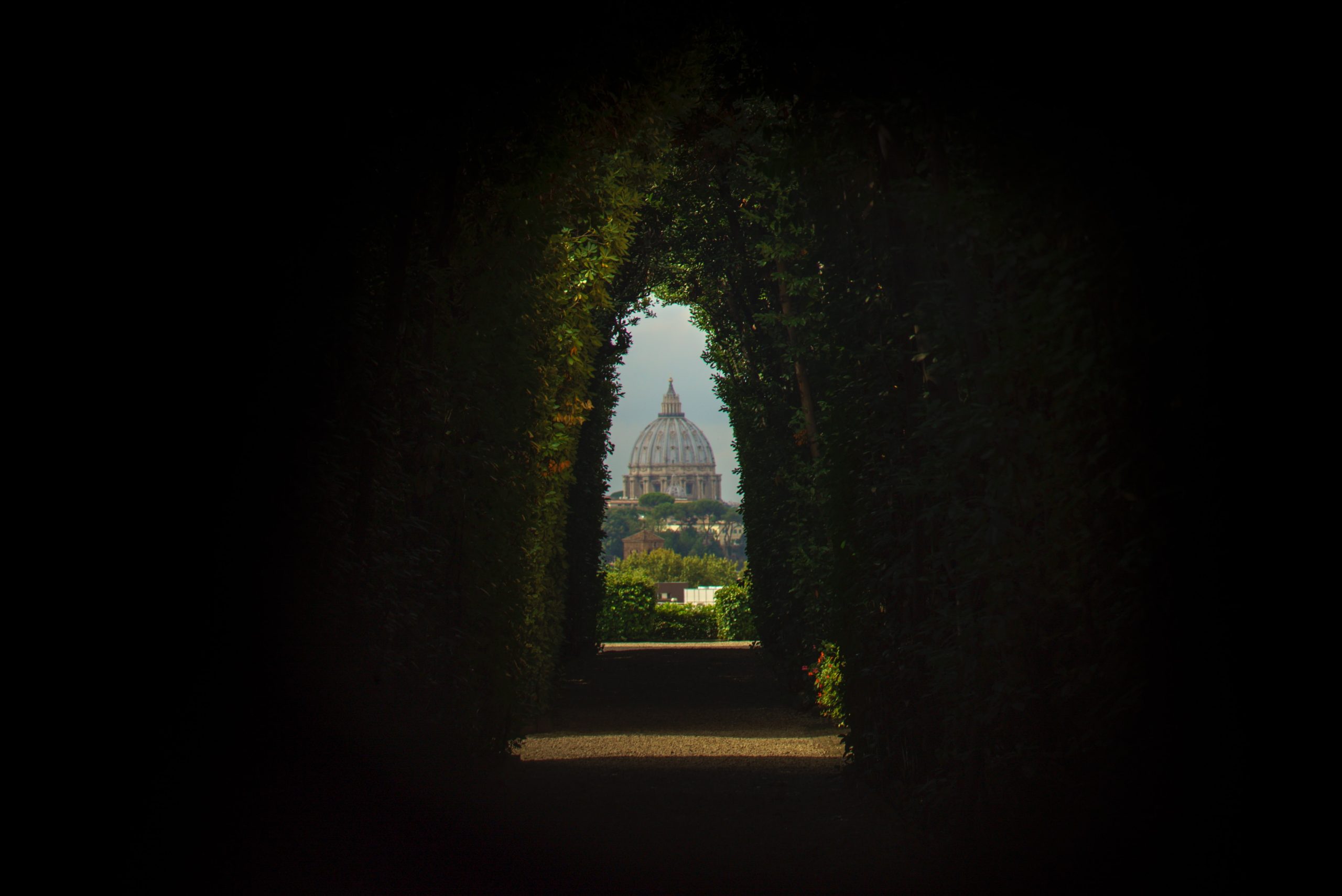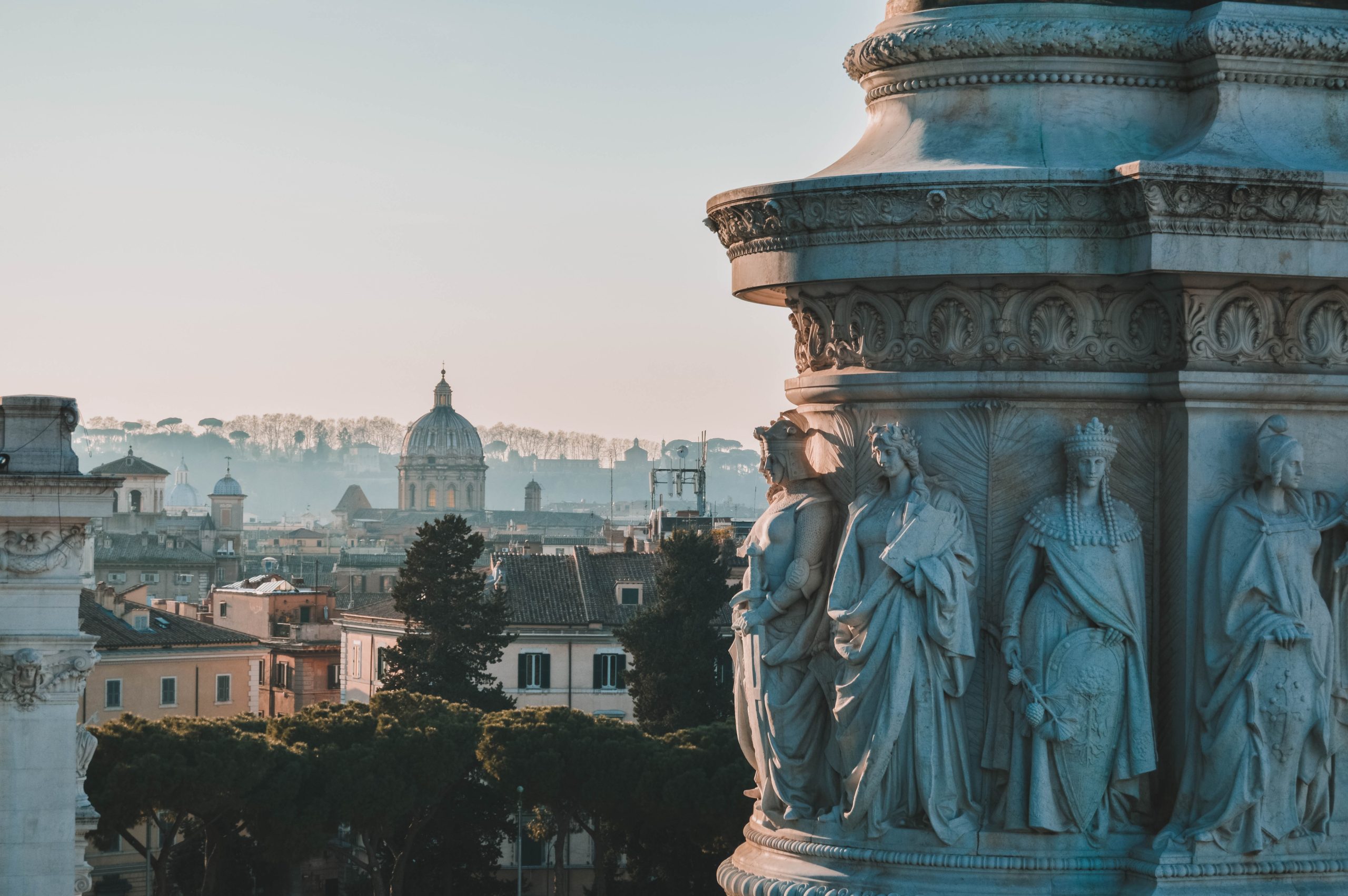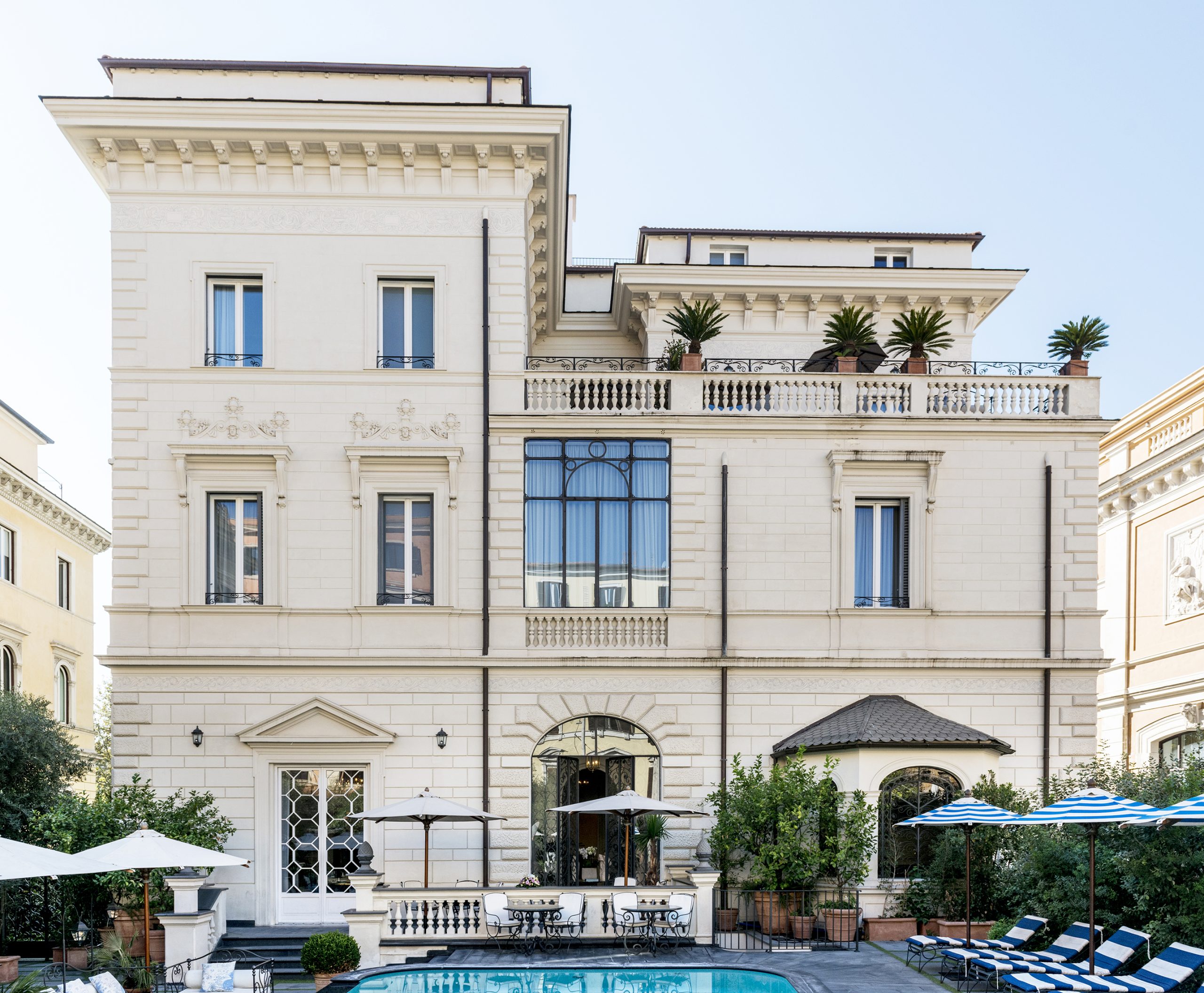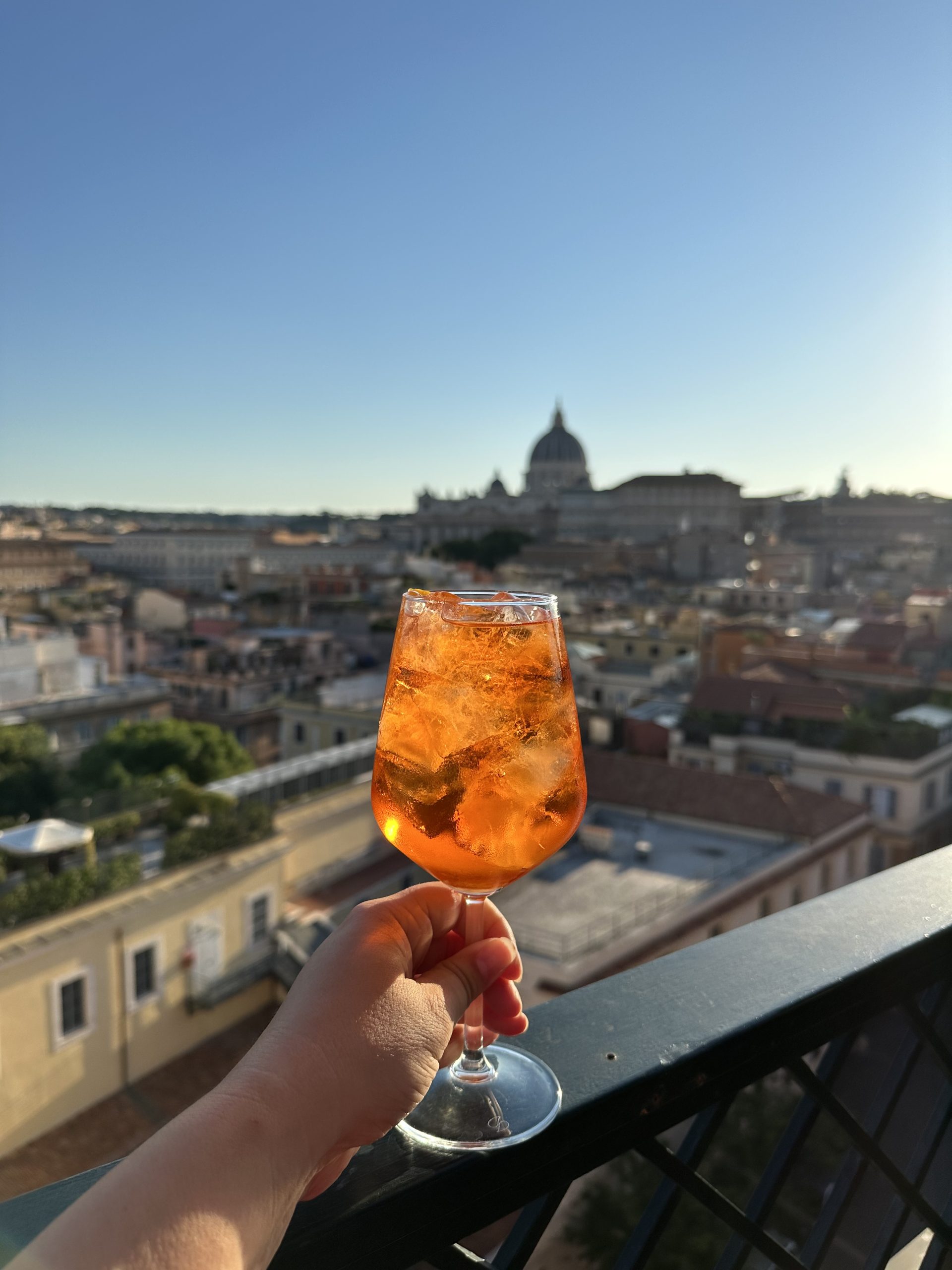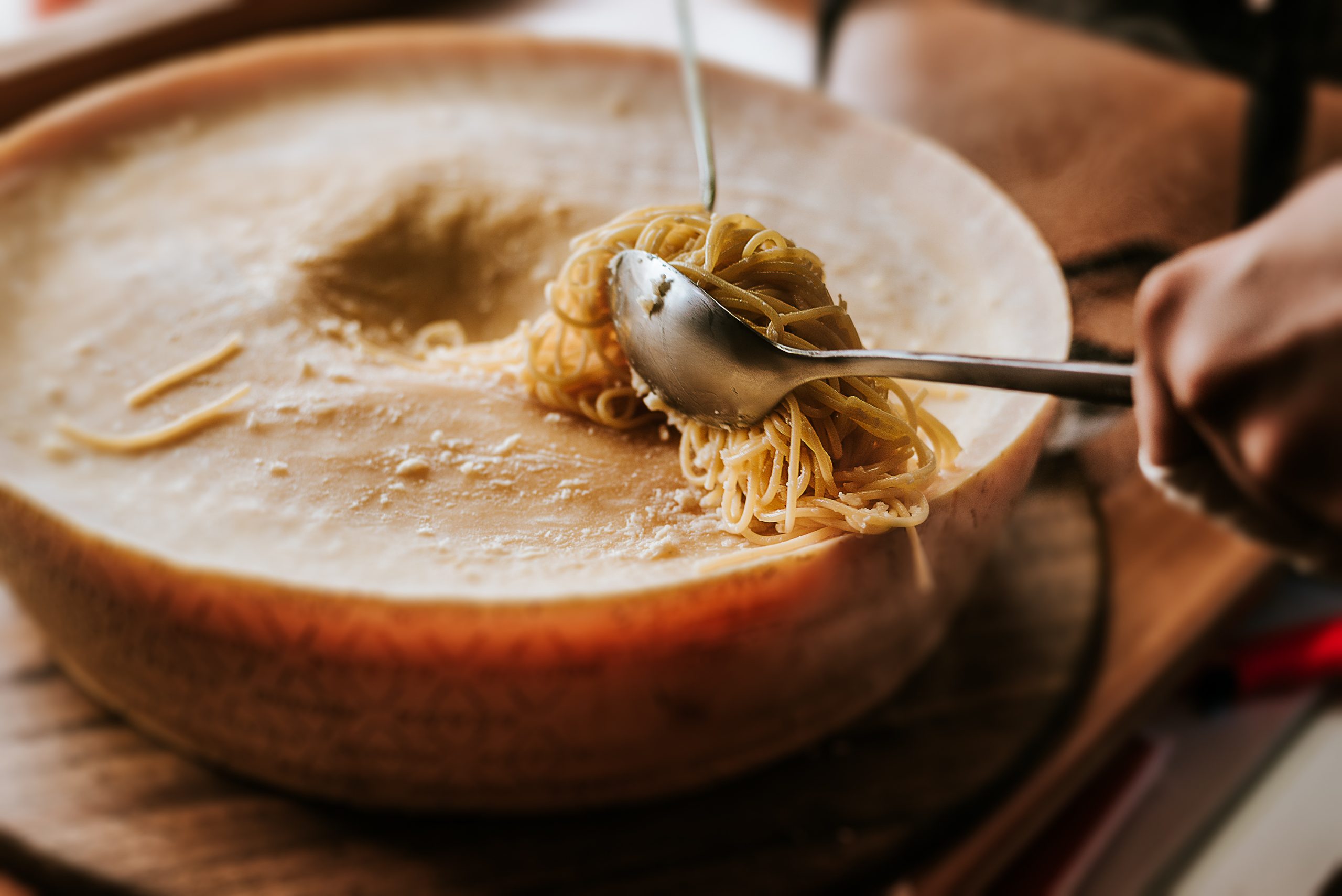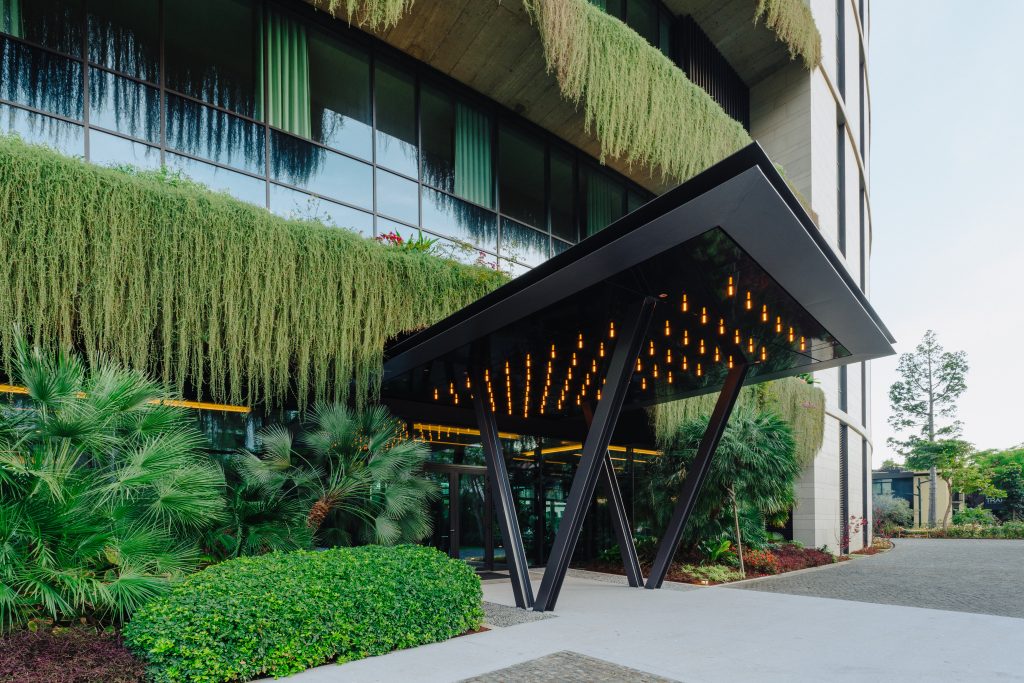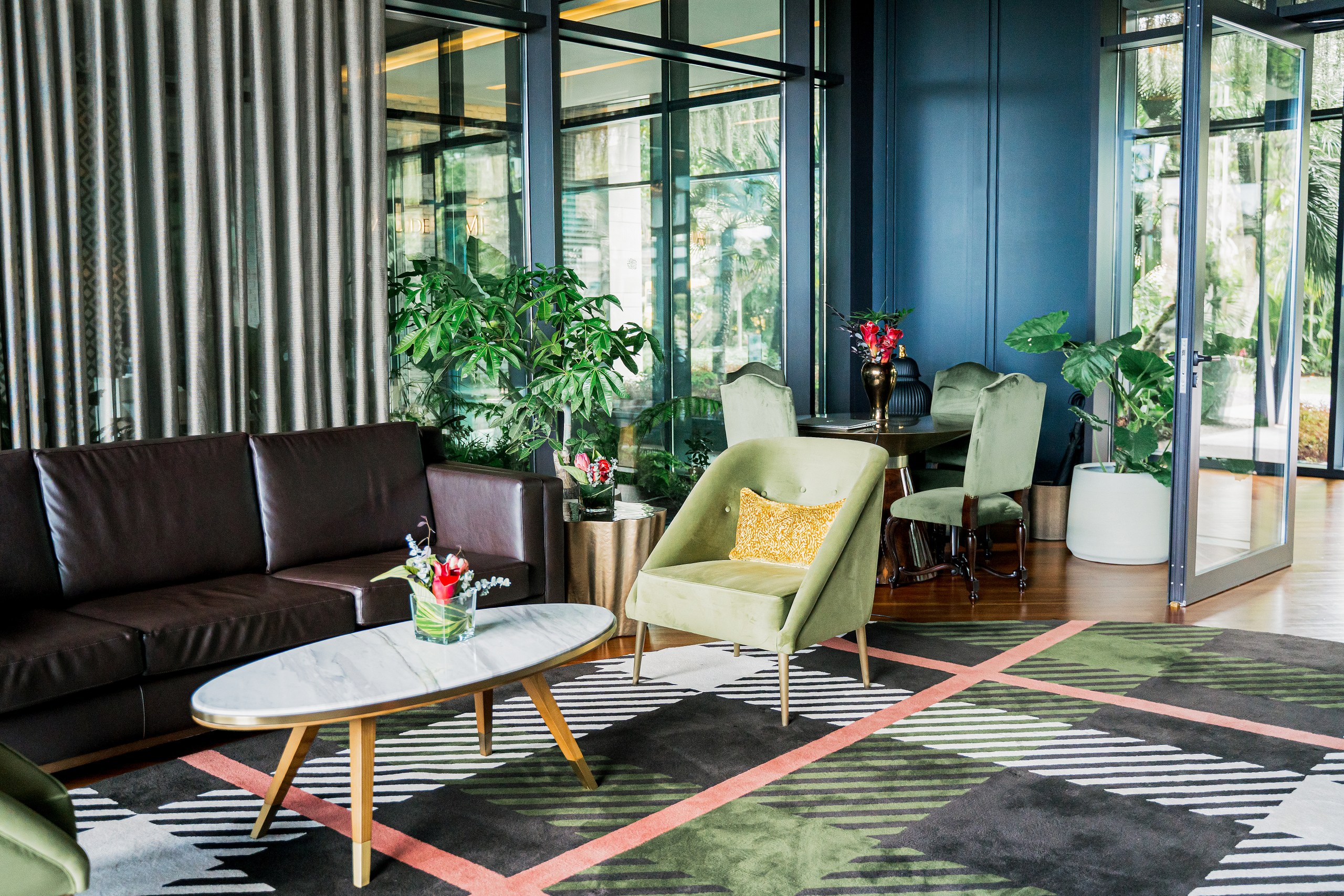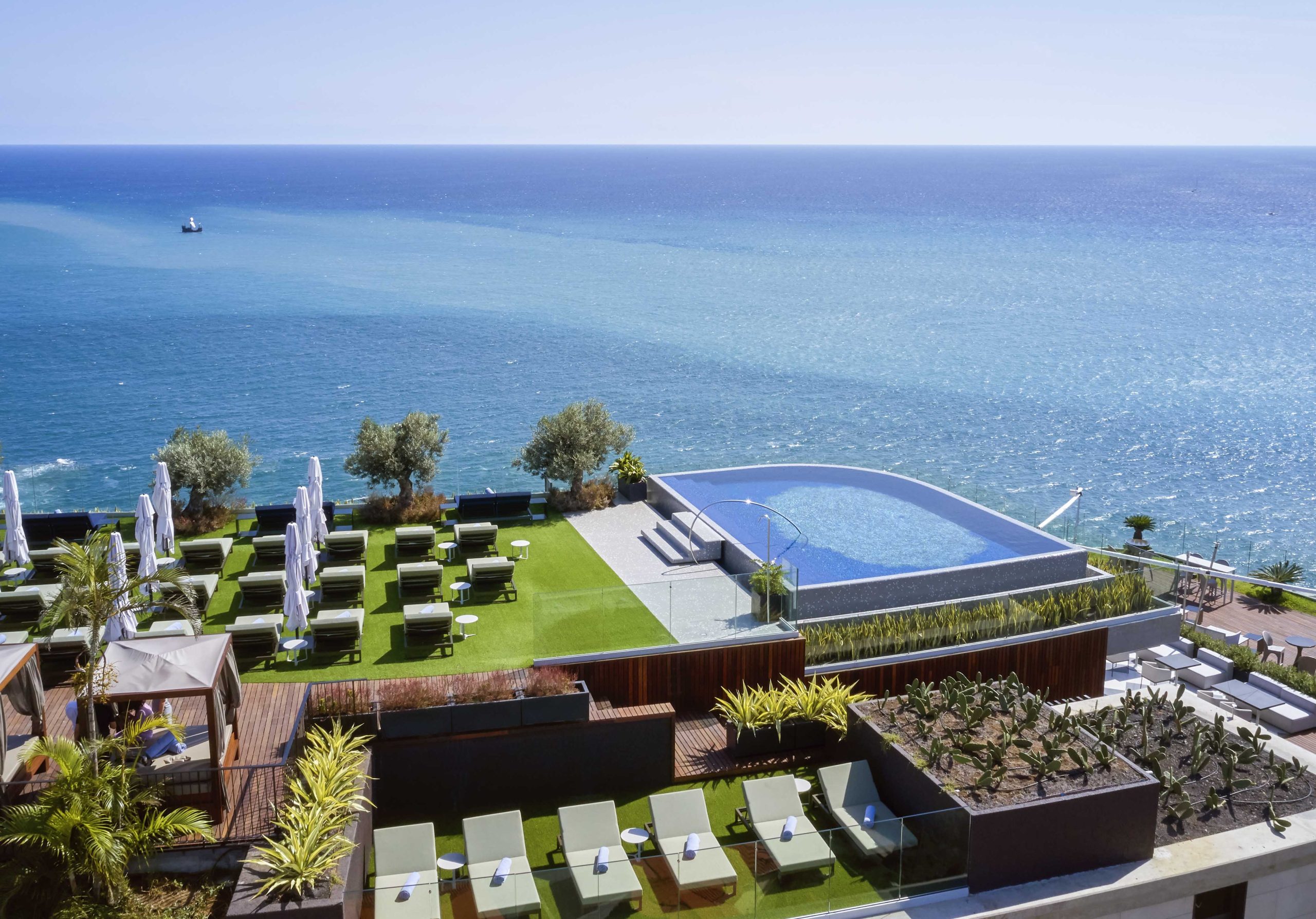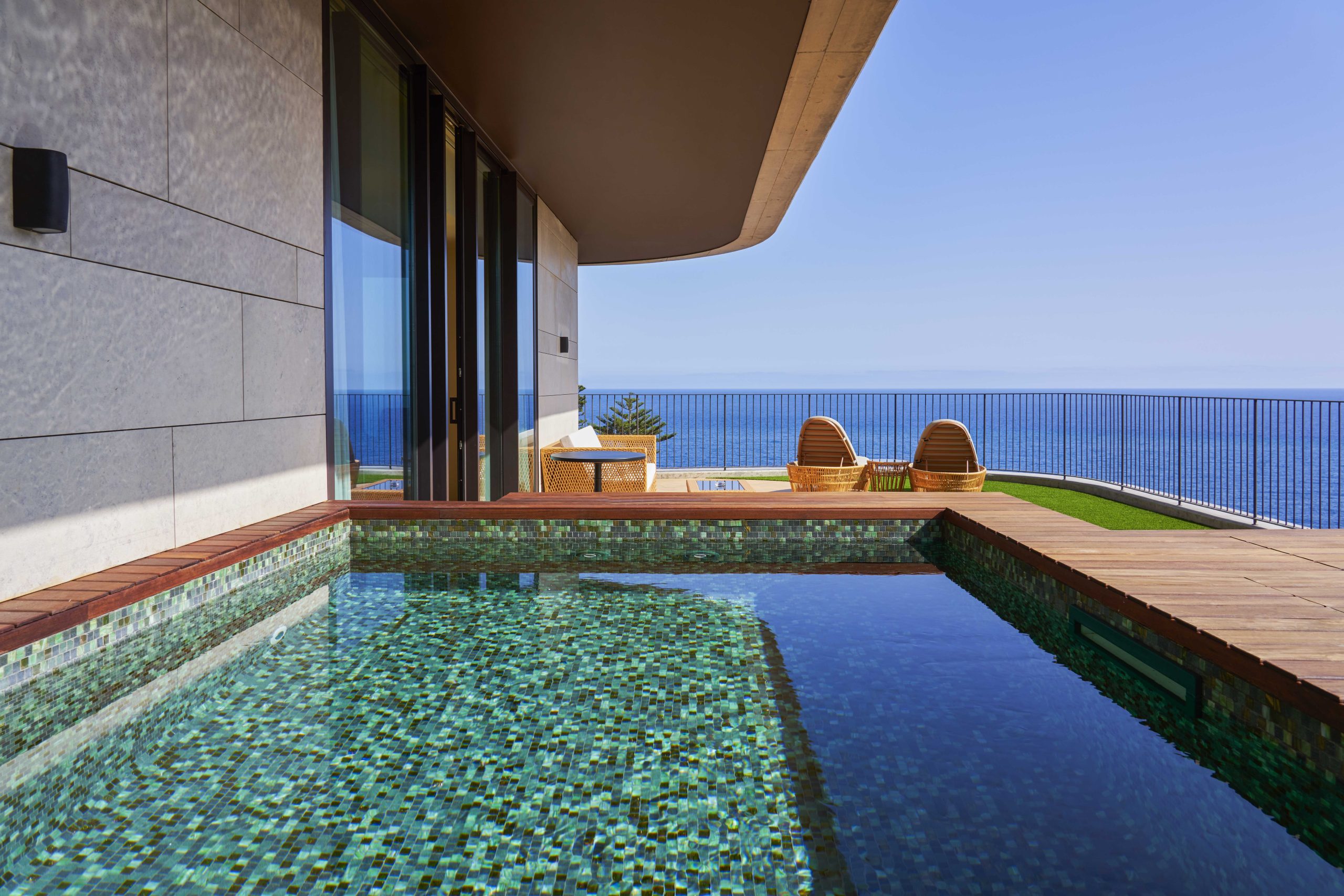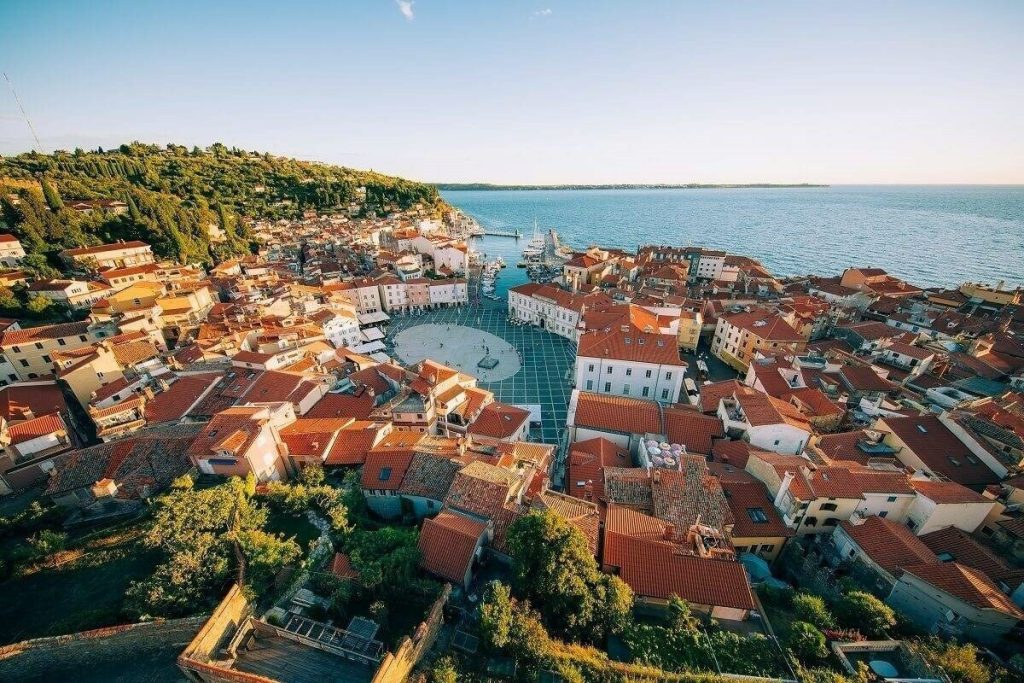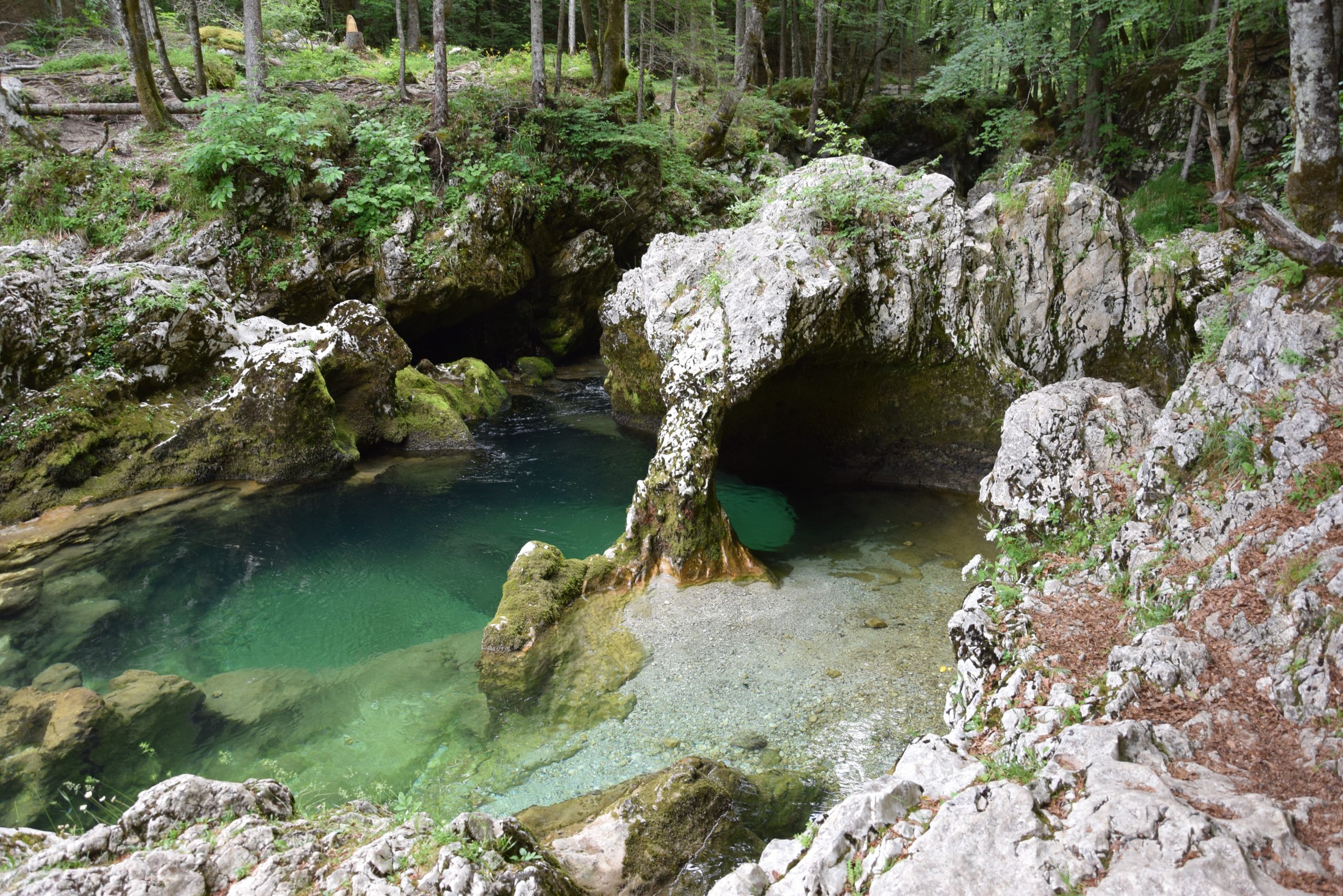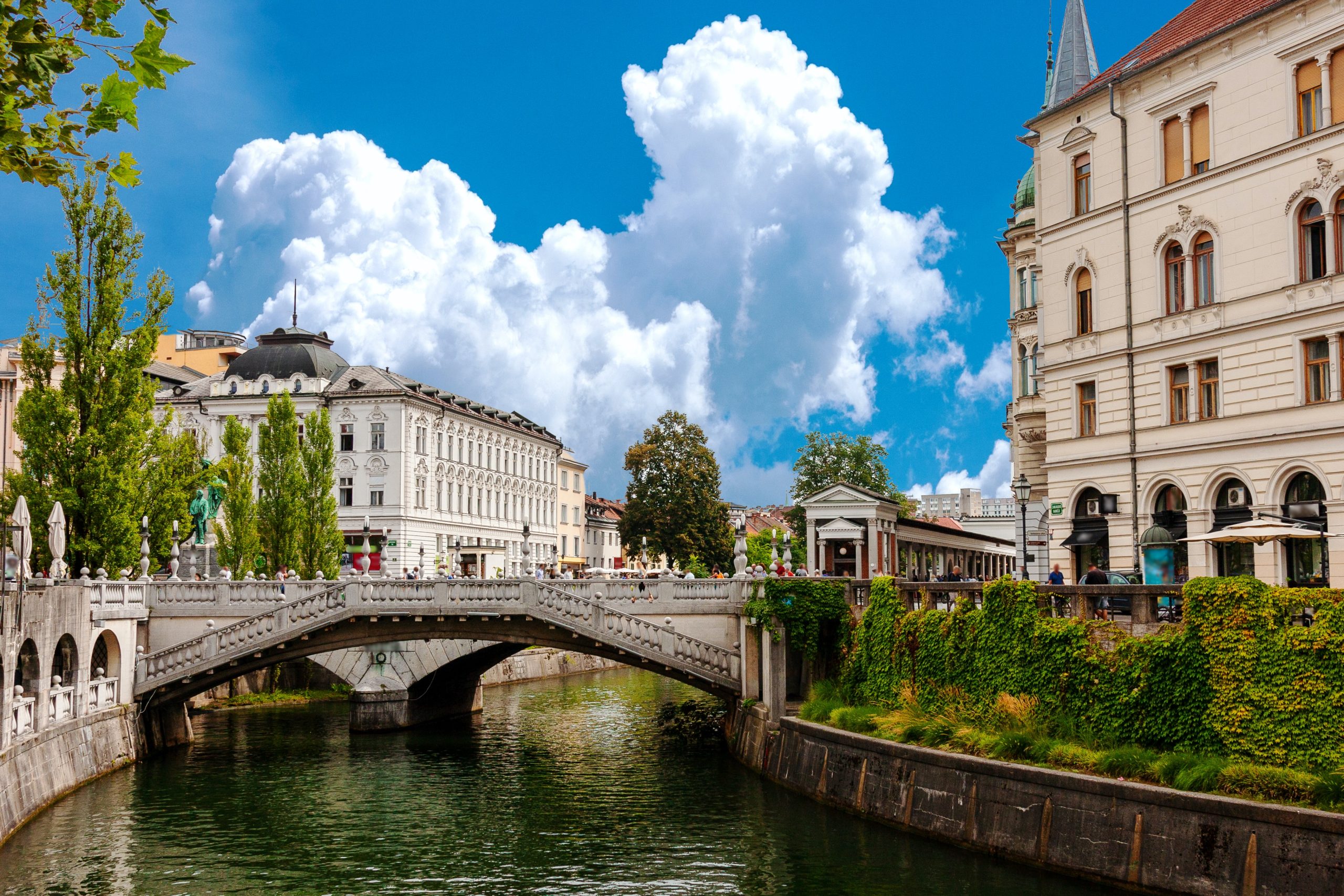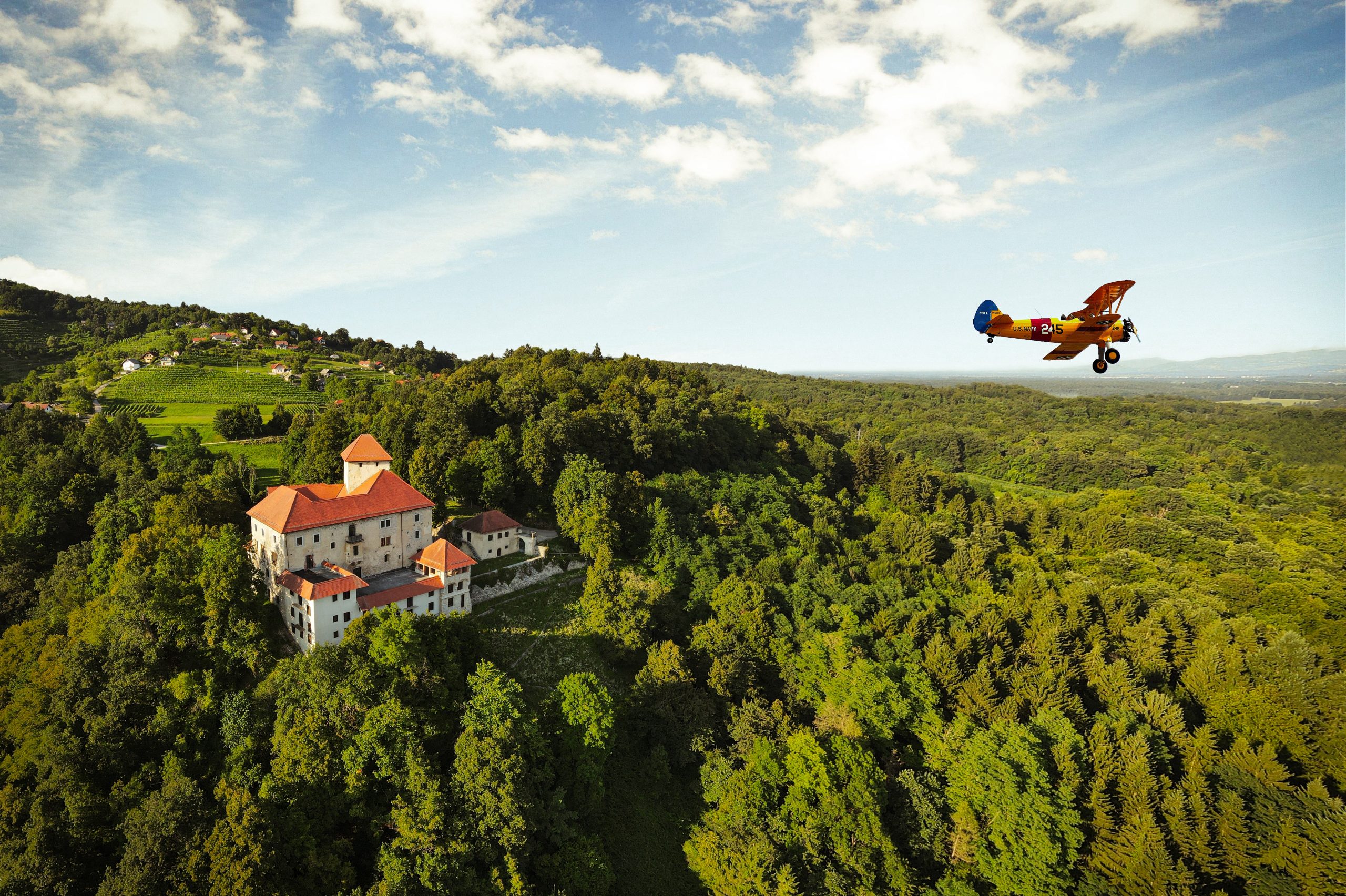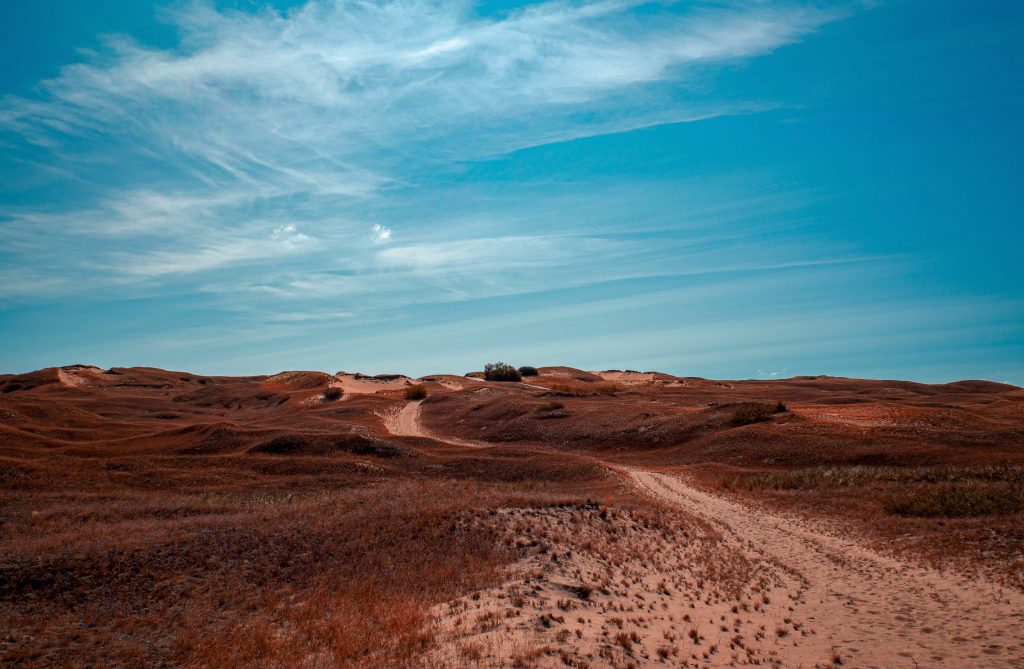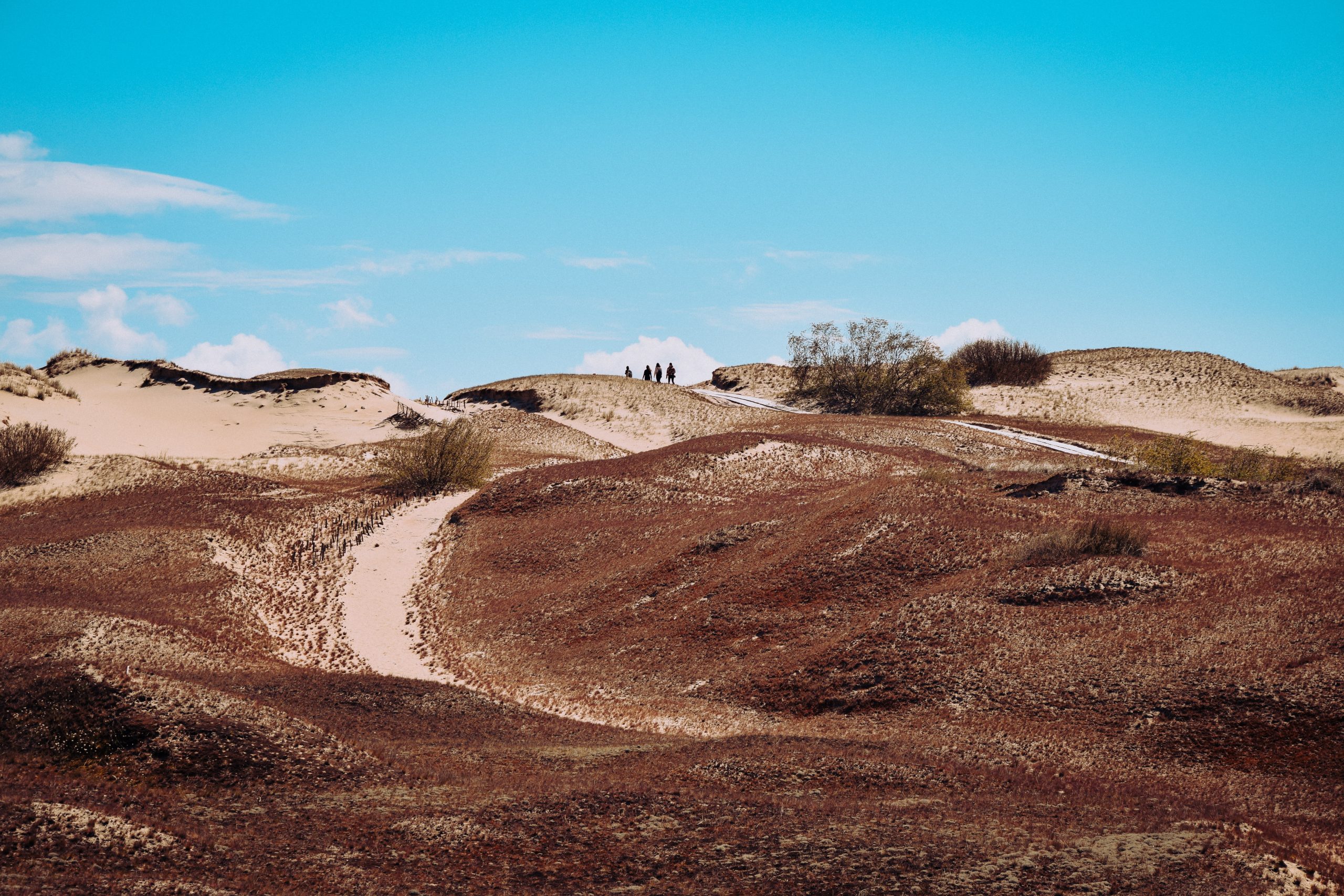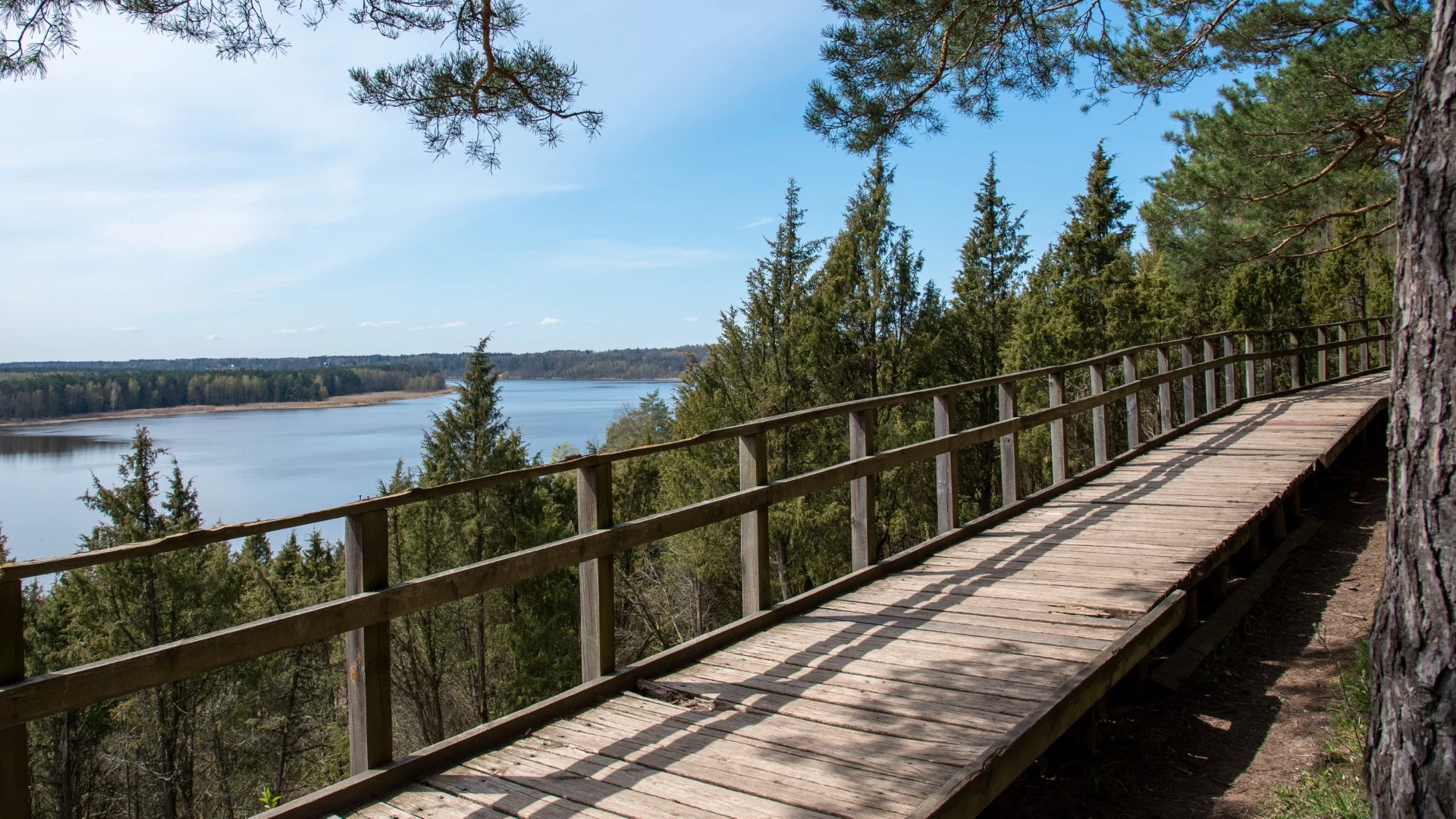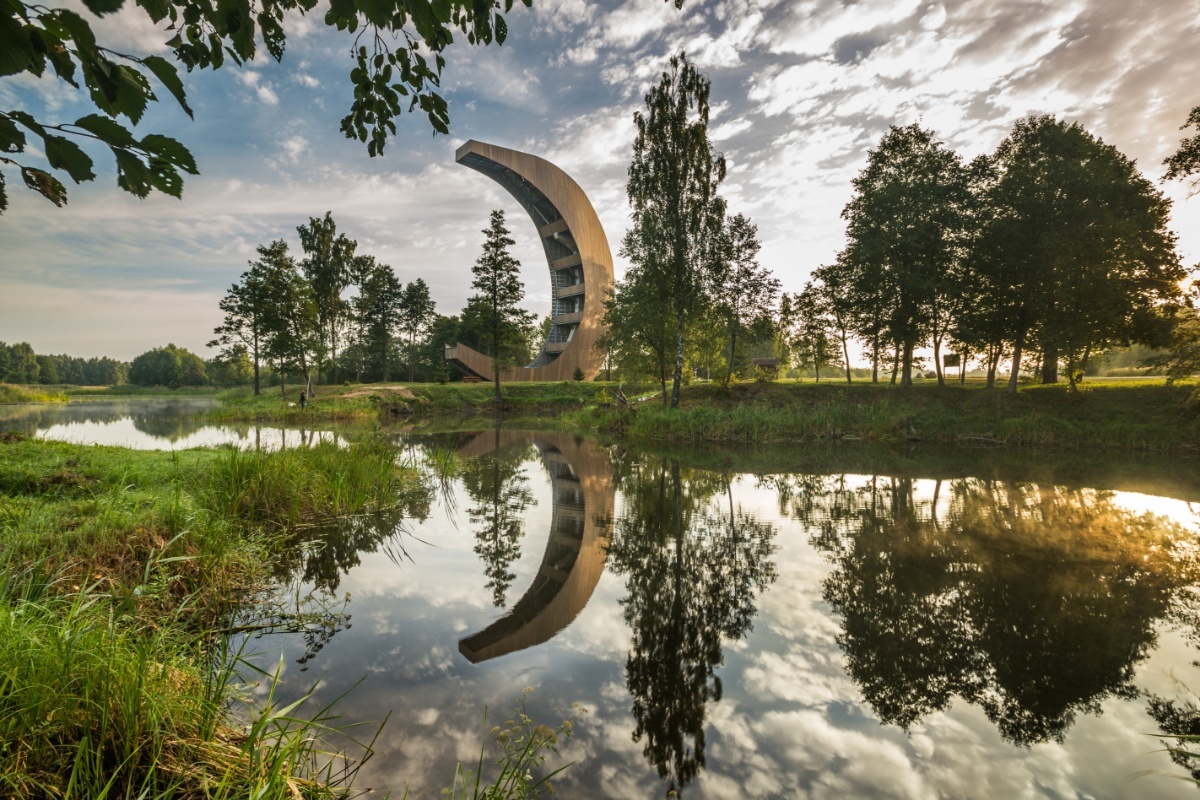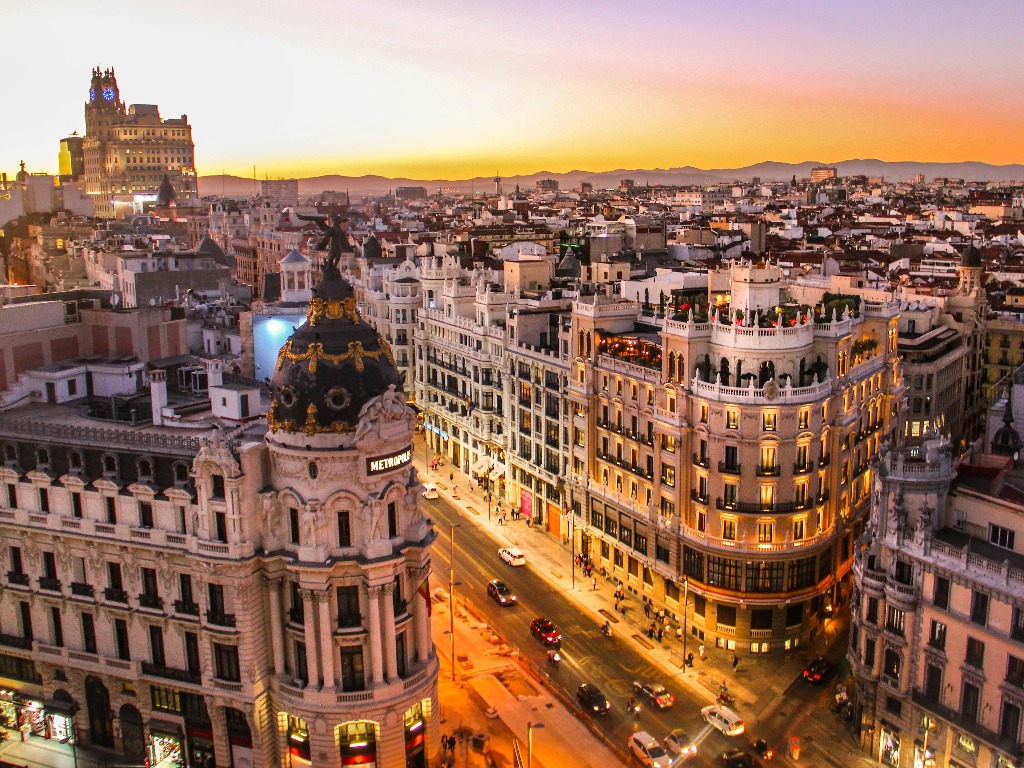
Air Canada just added extra summer flights to Asia and Europe
Air Canada customers have a wide range of exciting options across Europe and Asia this summer, along with a choice of 120 destinations in North America, to fulfill their summer travel plans.
Alongside new and enhanced international routes to Singapore, Madrid, Stockholm, Osaka and Seoul, the carrier’s Summer 2024 international capacity is growing by 30 per cent into Asia-Pacific and 25 per cent to key leisure destinations in Southern Europe compared to last summer.
Air Canada’s Atlantic schedule will provide the most non-stop service between Canada and Europe of any carrier. From Montreal and Toronto, Air Canada is launching new non-stop routes to Stockholm, and will increase frequencies to Rome and Athens. From Montreal, the carrier will also launch year-round service to Madrid, increase flights to Paris to up to three-times daily during the summer peak, and restore service to Lyon.
From Toronto, service will increase to Copenhagen and will commence Edinburgh and Brussels earlier in the season.
A gateway to the Pacific

Across the Pacific, Air Canada continues to build its Vancouver hub as the gateway to the Pacific.
The carrier recently started year-round service to Singapore from Vancouver, and will increase capacity to Hong Kong, Osaka and Seoul. On the East Coast, the airline is excited to start seasonal service from Toronto to Osaka and increase capacity to Tokyo, while from Montreal, Air Canada will begin seasonal service to Seoul, complementing enhanced capacity to Tokyo.
In North America, new routes will be offered from Toronto and Montreal to Tulum, from Toronto to Charleston, and from Montreal to St. Louis, Austin and New Orleans. Within Canada, Ottawa–Calgary and Halifax–Vancouver flights will resume, and there will be frequency or capacity increases, including between Toronto and Saskatoon, Regina, Victoria, Sydney and Gander, as well as between Montreal and Regina, Saskatoon, Victoria, Edmonton, Moncton, Fredericton and Deer Lake.
Air Canada is increasing its international network capacity by 8 per cent for summer 2024 compared to summer 2023. The airline is also boosting service to North America, with an increase of four per cent in available daily seats in 2024, with 518 flights to 120 destinations.

